|
Also available on Switch and Windows Metal Slug is one of SNK's most beloved series, so when their handheld game system came out back in the 90s, they obviously had to put a Metal Slug game on there. Being a 90s handheld system, Metal Slug 1st Mission for the Neo Geo Pocket is obviously SIGNIFICANTLY scaled back from its arcade roots, but despite the hardware limitations, it still manages to feel pretty authentically Metal Slug. As a disclaimer, the screenshots are from the Switch release included in Neo Geo Pocket Color Selection Vol 1 since I can't capture screenshots from my actual Neo Geo Pocket. One of the most impressive things about this first handheld Metal Slug game is its length. Not all of the levels are super long, but there are seventeen levels in the game. Most of the main series games have somewhere around half a dozen levels, and while those levels are longer, they're also running on much more capable hardware. Considering that the Neo Geo Pocket was a Game Boy contemporary, 1st Mission has an impressive amount of content. The controls aren't nearly as smooth as on the MVS, but they work surprisingly well given the system's limited button inputs. You obviously move with the thumbstick on the left. With the A and B buttons, one is jump and one is fire. The option button lets you switch between your gun and grenades. An inelegant control scheme, but it works and makes the most of the buttons available. You play as an unnamed "Hero" although everyone who's familiar with the series immediately knows that it's Marco. After you finish the game, you unlock a female to play as, but she plays exactly the same with absolutely no changes whatsoever to the story. The missions are all fairly straight forward. With most of them, you just have to kill your way to the end, although there are some where you have to fight your way to a boss whom you have to kill, and there's one super cool mission where you're on a little handcar and have to catch up to the front of a moving cargo train. The sprites aren't amazing, but they look fine especially considering the hardware. The audio is the same; it's certainly no bad, but it's not going to impress you with the sound effects or the music. Metal Slug 1st Mission definitely doesn't stand up to its arcade counterparts, but as a 90s handheld game, it's extremely competent. When you consider the fact that there are 17 missions, it's a more robust offering than a lot of handheld games of the era. It can be pretty tough until you get a handle on the controls, although the Switch port definitely makes that less of an issue with the ability to remap buttons as well as a rewind function. Whether you play on SNK's nearly 30 year old handheld or Nintendo's newest handheld, it's a game worth playing. My Rating - BAlso available on Switch and Windows Like Armed 7 and Salazius Next, the last two games I reviewed, Wolflame is a truly excellent Dreamcast shmup made by genius team at Astro Port. Unlike those two games, it's not included in Shmup Collection on Wii U, but it fortunately is included in the Shmup Collection on Switch. Real OGs, however, will play this on Dreamcast. As a disclaimer, the screenshots here are taken from the Switch port so as to avoid having to borrow someone else's screenshots as I don't have the ability at the moment to capture screenshots from Dreamcast hardware. Unlike Armed 7 and Salazius Next, Wolflame is a vertically scrolling shooter. Personally, I much prefer the vertical scrolling to horizontal scrolling, so this was a great change of pace for me after playing two horizontally scrolling shooters. Like the two aforementioned games, Astro Port did a fantastic job with every aspect of this game. The sprite art, as always, is fantastic, and I personally think that this has the best music of any of their games to date (at least the ones that I've played). As always, tight controls bring an exceptionally fun and responsive shooter, and when you die, you always know it's your fault. You won't find any cheap or BS deaths here. The only thing really keeping Wolflame from perfection are the lack of multiplayer. The difficulty curve is extremely fair, the bosses are tough but not insurmountable, and each of the three weapon pick-up types are totally distinct and have their own roles. It would have been cool to see some environmental hazards in the level design like with Salazius Next, but as a more traditional vertical shmup, Wolflame is hard to beat. Being on the Dreamcast is yet another check in its column. My Rating - AAlso available on Wii U, Switch, and Windows Satazius Next, like Armed 7, is not only a relatively recent release for the ill-fated and underappreciated (at least during its life) Dreamcast, but it's also among the finest shmups I've ever played. Once again, the folks at Astro Port have produced a truly exceptional and breathtaking Dreamcast shooter and, to my infinite pleasure, seen fit to port it both to the Switch as well as my beloved Wii U. As a disclaimer, the screenshots here are taken from the Switch port so as to avoid having to borrow someone else's screenshots as I don't have the ability at the moment to capture screenshots from Dreamcast hardware. Satazius Next, like Armed 7, is a horizontally scrolling shooter, but Astro Port really went above and beyond with this one. Like their other games, the sprites are fantastic and the music exceptional, and the controls are as tight as responsive as you could possibly hope for. What makes Satazius stand out, though, is the incredible level design. In most shmups, the enemies and their shots are your main danger - hence the colloquial nickname "bullet hell" - and any obstacles in the level are mostly just a minor annoyance to add a little extra challenge. While not to understate the threat that the enemies pose to you, that formula gets flipped on its head in Satazius Next. Especially after the first couple of levels, the obstacles and physical design of the levels is definitely your greatest threat while the enemies mostly serve to exacerbate that threat by limiting your movement with their shots. I very rarely died to enemy fire in this game, but the level itself killed me a LOT. There are tons of platformers with ingeniously brutal level designs and layouts, but Satazius Next is one of the few shmups I've played with equally diabolical level designs, and it makes the game feel totally different to most of the genre. With multiple difficulty levels and weapons to unlock and level up, there's a lot of replay value here, too. Satazius Next took me over twice as long to clear on Easy as Armed 7 did just because of how difficult the levels got. Once you get to the second half of the game, the brutal levels are accompanied by some seriously damage-sponge bosses, too. It's certainly not the hardest shmup I've ever played, but it's one that poses a genuine challenge as opposed to just being generally "hard," if that distinction makes any sense. You have to memorize not just enemy patterns but level layouts, and that's something most of the genre doesn't require, at least not to this extent. It made for a refreshing (even if frustrating) experience, and I truly can't recommend this game highly enough. It's definitely in my Top 10 Shmups of All Time list now. My Rating - AAlso available on Wii U, Switch, and Windows Armed 7 is proof that the Dreamcast is still getting great games in the many years following its last "official" release thanks to the folks at Astro Port. Having since been ported to Wii U and Switch as part of Shmup Collection as well as being released on Steam, Armed 7 is an exemplar of horizontal shooter excellence. As a disclaimer, all screenshots were captured from the Switch version so as to avoid having to borrow someone else's screenshots. Armed 7 is a retro-styled arcade shmup that not only captures the feel of the 16-bit era perfectly but, in my opinion, surpasses most of the offerings from that era. The visuals are colorful with gorgeous sprite work, the music is fantastic and upbeat enough to capture the action of a shmup but not so much that it distracts the player, and best of all, the controls are perfectly tight and responsive without the slightest hint of delay. With seven stages each capped with a boss and four difficulty settings, it's approachable for newcomers but challenging for veterans. It's not quite perfect - multiplayer would have been a welcome addition - but it's damn close. Armed 7 is one of the best shmups on the Dreamcast, and it's a welcome addition to the Shmup Collection compilations on Switch and Wii U. While most folks won't play it on actual Dreamcast hardware, it plays like a dream no matter your platform of choice. Unless you're going for the physical Wii U release of Shmup Collection from Europe, it's affordably priced and a definite must-own for any shmup fan. My Rating - AAlso available on PlayStation 5 and Windows A little over a decade ago, a quirky little RPG called Cthulhu Saves the World made its debut on the Xbox 360 Indie storefront. I didn't have a 360 at the time, but as soon as I got one about three years later, it was among the first games that I downloaded. The entire premise of an RPG in which an eldritch evil saves the world rather than destroying it was enough to lure me in, and the humor in the game was spot on. Years later, a holiday themed prequel comes along. When Limited Run Games did a physical printing of this Christmas prequel, you know I had to jump on it. Cthulhu Saves Christmas starts with, obviously, Cthulhu waking up in this bed in R'lyeh to find a present in his room. Upon opening the present, he realizes that it's actually an anti-present of sorts; instead of getting something, his powers are magically taken. Assuming that Santa was the culprit, he sets off to slay the slovenly saint, but he soon discovers that it was not actually Santa who stole his powers but the Christmas League of Evil, a group of Christmas-themed villains who have kidnapped Santa and seek to destroy Christmas. Without Santa, Christmas will never come. Clearly, the Grinch was an amateur who didn't have the first clue about how to actually steal Christmas. The gameplay is a throwback to classic 8-bit and 16-bit JRPGs. You explore an overworld, open chests to find items, and battle enemies in a turn based format. Each area is capped with a boss at the end, and between areas, you'll have the opportunity to do a few side events out of a sizeable list to develop relationships with NPCs, gain better equipment, and generally flesh out the humor of the story. That's really where this game most excels - the humor. The writing in this game is absolutely hilarious, and it references not only Lovecraft (obviously) but also a slew of European myths as well as 4th-wall-breaking jokes. Not even game can pull that off, but this and its predecessor are the only ones I've played that can match Neptunia for well-delivered meta jokes. Visually, the pixel sprites are gorgeous, and the game world looks fantastic, too. The music, while not jaw-dropping or anything, is excellent and never gets stale or annoying. The game has several difficulty levels from which to choose ranging from probably-too-easy to brutally challenging. When you finish the game, there's also a New Game+ to enjoy where you keep your characters, levels, items, etc. Since you can increase or decrease difficulty in-game via the menu, New Game+ is perfect for turning up the difficulty for a replay. Cthulhu Saves Christmas is a perfect game for the holidays as it's not too long - only five or six hours - so you can play through it at Christmas and still have plenty of time to spend with your family. If, like me, you got distracted and Christmas and are playing this a month later, it's the perfect length for a single evening or two of gaming. At $10, it's a definite step up in price from Cthulhu Saves the World, but it's also a whole leap forward in quality, and I think that's a very reasonable price for the game that you get. It's extra enjoyable if you've played Cthulhu Saves the World (which is, unfortunately, now only available on PC; fingers crossed for a port to modern consoles), but even if you haven't played that, this is a fantastic experience in and of itself. I only wish it were longer. My Rating - AAlso available on Android, iOS, Linux, OSX, and Windows Lost Phone Stories is actually a compilation of two games, A Normal Lost Phone and Another Lost Phone: Laura's Story. Both games follow the same format; you find a lost phone and, as one does, invade the owner's privacy by rutting around through the phone's contents and trying to deduce passwords to facilitate further privacy invasion. It's basically like an NSA agent simulator. A Normal Lost Phone has you invade the privacy of Sam, a normal kid stuck in a conservative and podunk small town. Another Lost Phone: Laura's Story, as the title suggests, has you invade the privacy of Laura, a woman trying to balance her work life, her social life, and her love life. I'm not going to say anything else about these characters or their stories because the entire point of the game is piece together what their lives are like based on text messages, emails, and the like that you find in their phone. As such, pretty much any other details would spoil the games. Like Bury Me, My Love, the whole game is a phone screen. Being the sequel, Another Lost Phone has a nicer looking and more intuitive interface, but both games are pretty simple to figure out. You'll start off with a phone that has text messages, emails, a few apps that require passwords to access, and no internet access. You'll need to figure out the password to the open wifi network to access some of the emails and whatnot, and you'll need to figure out the passwords to the locked apps. These passwords can be deduced by investigating the messages to which you do have access. As you read through these messages, you piece together not only the passwords to the locked apps but the lives of the people whose phones you have and the secret struggles with which they've been dealing. There's more I'd like to say about A Normal Lost Phone and Another Lost Phone: Laura's Story, but unfortunately, doing so would spoil major parts of the games, and since the "big reveal" in each game is pretty impactful (albeit easily predictable in Laura's case), I'll end my review with this - play these games. They're short at about two hours each (less if you're better at figuring shit out than I am), and they're well-worth the playtime and cheap cost of admission. They may not knock your socks off, but I was thoroughly impressed with how so simple a game concept could have me so quickly get sucked into this character's life and wanting to know more. It's not "exciting" per se, but it is quite interesting, so if you're into more thought-provoking games with good social messages, these are probably up your alley. My Rating - AAlso available on Android, iOS, and Windows Every now and then, you play a game that you expect to be just okay, and it ends up just completely blowing you away. Bury Me, My Love was that game for me. It's also an example of when bringing a mobile game to Switch isn't just a pointless cash grab; this may have originally been a mobile game that makes the most sense on mobile, but this is no Forge of Empires or Candy Crush. This is a game that should honestly be ported to PlayStation and Xbox, too, just so that more people can have a chance to play it. Bury Me, My Love tells the story of Nour, a Syrian woman fleeing the civil war as a refugee, as she makes the long and perilous journey to Europe. An important thing to note about the title is that this isn't a "you know the end before you get there" situation where you know Nour is going to die on the way; "bury me, my love" is a common Syrian phrase that basically means "Be careful and don't die before I do." The entire game is a text message conversation between Nour and her husband, Majd, as whom you play. As far as gameplay format goes, it's basically a visual novel, but the fact that you literally only ever see a phone screen makes it pretty unique as far as visual novels go. There are no character animations, and there's no CGI; it's just chat bubbles, the occasional picture message, and a map you can pull up to track Nour's journey. It's totally unique, at least as far as games I've played go, and it helps to really get you invested in the characters and the story because you feel like you're the one texting Nour even if your do only have two or three options whenever the game allows you to make a dialogue choice. One of the great things about Bury Me, My Love is how much replay value there is; there are a ton of options in this game, and the endings can vary wildly. Will Nour make it to Germany, will she end up stuck in Turkey, or will she end up going all the way to France? As you converse with her throughout her journey and give her advice on what she should do in various situations, where she ends up and what she experiences changes dramatically. The game is only a few hours long per playthrough, but you'll need several playthroughs to see all of the various endings Nour's journey can have. Knowing that each choice can have huge impacts on the ending and that there are, as far as I can tell, no truly pointless choices makes some of these choices feel pretty stressful for the player as you don't always have any real information to go on regarding what the better choice would be; you've gotta just go with your gut and guess. The thing I love the most about this game is how it really highlights the Syrian refugee crisis. The game is several years old by this point, so the situation in Syria isn't quite what it was when the game was made, but Syria is still the largest displacement crisis in the world with over five and a half million Syrian refugees according to the United Nations, and Syria isn't the only refugee crisis even in that part of the world. While this is just a short indie game, it highlights the crisis in a personal way by showing you the perils these refugees endure just to have a chance at living in peace and safety. The game itself may be a work of fiction, but it's very much based on real situations and real people, and those people deserve attention and representation. Bury Me, My Love is, in my opinion, a must-play for Switch owners. Hell, even if you don't have a Switch, you probably have a cell phone, and given that the game is entirely contained within a text message exchange, it's perfectly suited for mobile. Even being fictional, it puts a much more personal face on the issue of refugees and asylum seekers, in a world increasingly disrupted by civil unrest and climate change, we could all use a bit of sympathy and compassion where refugees are concerned. It'll only take you a few hours to finish a single playthrough, and it's a really great, moving story, so give it a download on your phone, Switch, or computer. I promise that you won't be disappointed. My Rating - AAlso available on PlayStation 4, PlayStation 5, and Windows Would You Like to Run an Idol Café? is a visual novel that's pretty much exactly what I want in a visual novel; cute anime girls one of whom each fills a part of the Holy Trinity of Waifus - Cat Girl, Childhood Friend, and Quiet Weirdo. While many visual novels go beyond this sacred set of three, any good one must have all three, and this one has excellent examples. I was graciously given a download code for this by my dear friend Shlib since he won a giveaway but decided that it wasn't his type of game, so thanks homie! So first thing's first - this is a SHORT VN. We're talking probably eight hours for every ending. It's also not going to knock your socks off; it's no Muv-Luv Extra. It is, however, a solidly enjoyable game with several spots for dialogue choices to affect the course of the MC's relationship with the waifus. The basic premise is that you're a reformed ruffian who flunked his college entrance exams and gets a job as a waiter at a café while he waits to try his luck again at getting into college. This isn't technically a maid café, but the attire is basically "skimpy maid" for the women, and other than the cook, he's the only male employee. So it's basically a maid café. He also lives with his childhood friend (automatically best girl; I don't make the rules) who, unlike him, did not flunk her exams and is in her first year of college to be a nurse. She's also completely and totally obsessed with cute girls and idols. The game is published by Winged Cloud, the glorious degenerates who brought you the absolutely massive Sakura franchise on Steam (Sakura Succubus, Sakura Agent, Sakura Santa, Sakura Beach, so on and so forth). With that said, you pretty much know what you're getting here - giant boobs, inexplicably single waifus, a totally boring protagonist who somehow has drop-dead gorgeous women madly in love with him, etc. If that's not your cup of tea, then I can absolutely promise that you won't like anything about this game. If that sounds even somewhat appealing to you, then you should probably get this game. It's not a kinetic visual novel as you do get to make choices that affect the outcome, but given its short length, there's not a whole great deal to see here. This is probably the shorted visual novel I've read in a few years if not ever, but I definitely enjoyed getting to know the characters. As law dictates, there's a tsundere waifu, so if that's your thing, rest assured, they've got you covered. Honestly, there's only so much I can say about it without just telling you the entire plot. It's a visual novel shorter to read than the Lord of the Rings trilogy is to watch. You've got three waifus to pick from. The game ends right as you start getting into it, basically forcing you buy the as-of-yet-unreleased sequel (at least on Switch; it's out on Steam). It's a good time, though, and the perfect length for a long car, bus, or plane ride. Or a power outage. Since it's a visual novel, it puts next to no strain on the Switch, so a fully charged battery is more than enough for you to see every ending and dialogue choice. At $10, it's a pretty steep asking price given how short it is, but it's definitely worth throwing on your wishlist and waiting for a sale. My Rating - CAlso available on PlayStation 4 and Windows From the brilliant mind that brought you Epic Dumpster Bear and Epic Dumpster Bear 2: He Who Bears Wins, the video game indictments of unrestrained capitalism that you never knew you needed, comes JankBrain, the video game indictment of cryptocurrency and global plutocracy that you never knew you needed. I, along with my friend Jordan, have a truly bizarre and irrational adoration for Epic Dumpster Bear, so when we saw that a platformer in the same style starring one of the bosses from Epic Dumpster Bear 2 was coming out on Switch, we knew that we had to play it. JankBrain, like Epic Dumpster Bear, is a 2D platformer that is, truthfully, rather simplistic. That's not a criticism, though; it doesn't get bogged down with added gimmicks or anything. The only gimmick here is the humor. As far as control and mechanics go, the only major differences between JankBrain and Epic Dumpster Bear is that JankBrain doesn't slide nearly as much as Dumpster Bear did, and JankBrain has a laser attack. While you can still bounce on top of most enemies to damage them, it doesn't do nearly as much damage as the laser. The bounce is really more useful for landing safely than dealing damage. The music, while not as catchy as Epic Dumpster Bear's in my opinion, fits the action in the game better; most people who went in blind without any Dumpster Bear experience would almost certainly say that the music is better in JankBrain. I keep comparing JankBrain to Epic Dumpster Bear not only because they're the same style of game but also because they're at least ostensibly in the same bizarre universe. I think. JankBrain was the boss in World 4 of Epic Dumpster Bear 2, so they definitely exist in the same universe. I haven't finished all the bonus levels in JankBrain, so I'm not sure if the Dumpster Bear will make an appearance there, but at the very least, the titular character made his debut as an enemy in the second Dumpster Bear game. They also have the same type of humor. The premise of JankBrain is that JankBrain is an alien from a species with a body mass that is roughly 90% brain (make sense considering that he's just a brain with arms and legs), but rather than argue about philosophy like everyone else on his planet, he wants to go subjugate another planet, so he goes to Earth and, seeing how obsessed with money we are, decides that the best way is to take over the global economy by stealing all of the gold from the world's central banks. From there, the cutscenes after each boss lampoons how money is at the core of all human existence and, eventually, how stupid and actually worthless not only fiat currency but also cryptocurrency is. For a teacher of history and economics like me, it's fantastic. JankBrain is definitely not nearly as smooth or polished as a AAA platformer like Mario or Donkey Kong, but for a $5 indie game, it's extremely competent and a ton of fun. The controls are tight, and while the hit detection is a little bit screwy - you'll find yourself dying to hits you're positive you should have avoided albeit barely - it's a ton of fun. The levels themselves are a great balance of easy to clear but very difficult to 100%, and the bosses are extremely challenging until you figure out the pattern. All in all, it doesn't have the charm that Epic Dumpster Bear does, but it's an arguably better-made game. If you're a fan of platformers, you absolutely owe it to yourself to play JankBrain. My Rating - BAlso available on PlayStation 4, Switch, Android, iOS, and Windows A lot of games these days incorporate mythology into their stories and worlds, but it’s almost always Greek, Norse, Egyptian, or Abrahamic. Despite being the world’s third largest religion and the world’s oldest religion, Hindu mythology usually seems to get overlooked. Not only does this neglect a huge source of narrative inspiration, but it also limits the representation for people from the world’s second most populous nation. Raji, on the other hand, is a game that looks gorgeous, plays wonderfully, and has some fantastic storytelling, but it takes place in India and is steeped in Hindu mythology. The titular character in Raji sees demons massacre her village and kidnap the village children including her little brother, Golu, on the day of Raksha Bandhan. She then sets out on a quest to save her brother from the demons, but unbeknownst to her, is being supported by the goddess Durga and the god Vishnu. While they cannot directly interact with her, they help her by granting her divine abilities as well as holy weapons to use in her crusade against the demons that plague her home. Visually, the game is an absolute treat to the eyes. It varies between a limited overhead 3D perspective and a 2.5D perspective, but the characters, environments, and backdrops are absolutely stunning. This is one of those games that by itself disproves the notion that video games aren’t art. The combat feels a little imprecise and takes some getting used to, but the platforming is simply sublime. Very few indie games in my experience have nailed 2.5D platforming this perfectly. There were a few frame rate stutters during my playthrough, but these were exclusively in the cinematics and had absolutely no impact whatsoever on gameplay. The music, as well, is superb. I’m generally a fan of traditional Indian music, and while the music is varied depending on the environment and what’s going on in the game, the music does a great job of capturing the setting. The benefit of having an actual Indian developer make this game rather than Americans or Japanese trying to make an Indian game is on full display in every aspect here. While some parts of the game do assume a basic knowledge of Hinduism - what Raksha Bandhan is, who Vishnu is, etc - so Westerners will want to keep Google handy to fill in the cultural caps, the game does encourage players to listen to the optional segments of Hindu lore. In each level, you’ll find a series of interactable places where Vishnu tells the player about a Hindu myth via voiceover, and listening to each of these in a level awards the player with a high-point achievement. It’s totally optional and has nothing to do with the game’s story, but it provides an incentive to take the time to immerse yourself in a little bit of Hindu mythology. Raji: An Ancient Epic definitely feels like an indie game, but it’s one of the best that the indie scene has to offer as far as artistic design and cultural representation goes. I hope that this is a sign of things to come from the Indian game development scene as there’s a distinct lack of Hindu and Buddhist inspired games. Raji has everything you need in a solid game - tight platforming, gorgeous artwork, good character designs, a well-told story, and excellent music. It’s available on every major platform, and it’s only seven or eight hours long on average, so give it a play. My Rating - BNo one expected the Wii U’s last game to be a glorious swan song as, to most of the gaming industry, nothing about the Wii U was particularly glorious (an opinion with which I will disagree until my dying breath), but Captain U, while a fun and competent game to be the Wii U’s last, definitely isn’t the “bang” of a final game I wish the system had gotten. Captain U by Ultra Dolphin Revolution is basically a massive love letter not only to the glory days of the NES (the name is an obvious homage to Captain N) but also to UDR’s other games with cameos by their previous game’s villains and obstacles thrown throughout. The game is a platformer that would be right at home on the NES if the colors and on-screen sprites weren’t a bit more than the NES could probably handle. It’s only nine levels long, but those levels are increasingly difficult, and when I say increasingly, I mean steeply. You get a handful of lives and no continues. If you know what you’re doing and don’t die, you can probably clear the game in 45 minutes or so, but it took me a solid four hours to be able to get through it, and that successful last run was 100% my getting lucky. What makes Captain U more than just another generic pixel art platformer is the use of the Wii U Gamepad. Captain U himself has a “Power Pad” that he can use with the press of the A button. This leaves you defenseless but allows you to interact with some parts of the environment via the Gamepad’s touch screen. Some enemies can be stunned or harmed by tapping them, some platforms can be moved by dragging them on the touch screen, and some platforms move in response to tilting the Gamepad. You can also destroy destructible blocks by tapping them and place very short-lived temporary blocks to serve as platforms by tapping the touch screen. It’s certainly not the most brilliant use of the Gamepad screen that we’ve seen on the Wii U, but it’s a great one nonetheless, and beyond that, it’s awesome to see a new Wii U release in the last days of 2021. Most people don’t play their Wii U anymore (you know, of the twelve people in the world who bought one in the first place), but Captain U is definitely a reason to dust it off. It’s short, it’s not at all complex, and it’s yet another 8-bit style game the likes of which have grossly oversaturated the market, but it oozes “love letter” and was developed specifically as a send-off for the Wii U. If you’re a fan of the console as I am, you definitely need to check out Captain U. It’s cheap, and even if you never finish it, it’s fun to pick up and play a little bit here and there. My Rating - CAlso available on Xbox One, Xbox Series X, PlayStation 4, Switch, and Windows Three of my favorite things are scifi settings, mythology-based stories, and the horror genre. Apsulov: End of Gods brings all three together in one fairly well made gaming experience. It was on sale on Amazon recently, and when I saw the cover art and read a synopsis of the game, I knew I had to jump on it. The basic premise of the game is that in the late 2020s, a company exploring the various realms mentioned in Norse mythology by exploiting the roots of Yggdrasil meets with sudden disaster. You wake up confused and unable to speak as a robotic surgical suite performs a bizarre “enhancement” surgery on you to give you “Sight,” an ability to see what can’t normally be seen. This isn’t quite as cool as it sounds as it’s really just runes on the wall and VERY slightly improved vision in the dark. And there is a LOT of dark. That’s my biggest complaint with the game; it’s too damn dark. You can’t see anything for most of the game. I get that darkness is part of the horror aesthetic and vibe, and that seeing everything is going to make a game much less spooktastic, but when you legitimately can’t see where you’re going for a solid 80% of the game, it gets to be a bit much and more frustrating than scary. Visually, the game looks great. There’s an awesome blend of scifi and mystic aesthetics that brilliantly accents the nature of the game. As for the horror gameplay, most of the game feels very similar to Outlast, but it’s not a perfect analogy as you’re not totally defenseless. You get a means to defend yourself, but the energy for it gives opportunity to replenish very sparingly, and you also need that energy to unlock some doors, so the “to fight or to run” choice becomes critically important. As you progress through the game, you’re eventually faced with enemies that you really need to fight, so you’ll want to use that energy sparingly. The story itself is overall good, but it does assume some basic knowledge of Norse mythology. Not a lot, mind you, but you’ll need a rudimentary baseline to fully appreciate and understand the story. Apsulov is a worthwhile game for Norse mythology junkies or big fans of the horror genre, but if you’re not one of those two, it’s a harder sell. The extreme darkness in most of the game is definitely excessive and to the game’s detriment, but it doesn’t outright ruin it as long as you’re patient. It’s definitely not as shallow a horror experience as Five Nights at Freddy’s, but just don’t go into it expecting something as solid as Outlast, SOMA, or Resident Evil. My Rating - CAlso available on Windows When the Alan Wake remaster came out late last year, we finally saw the game leave Xbox exclusivity and make its way to Playstation. Unfortunately for Playstation fans, developer Remedy has said that they have no plans to remaster the follow-up, so Alan Wake’s American Nightmare will remain an Xbox 360 exclusive. Thankfully, it’s included in Xbox’s backwards compatibility program, and it gets a nice frame rate boost when playing on the more powerful Xbox models. American Nightmare picks up where Alan Wake left off. I’ll stay intentionally vague about that for folks who haven’t played Alan Wake but want to play the remaster in the future, but it flows pretty well into American Nightmare. That said, the storytelling kind of falls off a cliff past the initial setup, and that’s being generous. The story itself doesn’t make a ton of sense since it adds in a time loop mechanic - it’s basically “What if Groundhog Day were a horror movie?” - and they don’t do a great job of explaining why that happens. They give an explanation, but it’s not a great one. You finish the game asking, “Okay, but why?” and that’s not a good thing. That said, the game is a lot of fun to play. The story may be quite lackluster, but the gameplay is rock solid. It gets repetitive, but the combat is fun, and you can unlock more weapons than the original game included by finding manuscript pages, although unlike the first game, this one doesn’t really explain why there are manuscript pages lying around Arizona. Still, it’s kind of awesome to run around with a nail gun and an assault rifle. As for the visuals and performance, I obviously benefited from playing on Series X with all the horsepower of the Golden Horde, so I can’t really speak to the experience of playing on 360 hardware especially with frame rate or resolution, but the models themselves looked good and speaks to how impressive the game’s development was if it just needed a resolution and FPS bump to make it feel almost like a last gen game. All in all, Alan Wake’s American Nightmare is a competent follow-up, but it definitely falls short of feeling like a true sequel. It’s definitely more of a gaiden-esque side story, and that’s pretty much how it was billed back when it first released. The story falls far short of the original game, but the combat is solid even if the game gets super repetitive. It’s not a stellar experience, but if you enjoyed Alan Wake’s combat, it’s definitely worth a play. My Rating - CAlso available on Xbox 360, Xbox One, Xbox Series X, PlayStation 4, and Windows Alan Wake has been sitting on my 360 shelf for years, but for some reason, I've never gotten around to playing it. When the remaster came out on PS5, I figured that was the ideal way to get into the game. I always thought it looked like a cool sort of Twilight Zone horror game, and I honestly didn't realize how right about that I was. You play as the titular Alan Wake, a thriller writer who's hit a two year writer's block and has gone with his wife to take a relaxing vacation to Bright Falls, Washington. Alan is generally a pretty bright guy, for some reason, he doesn't think there's anything odd about a woman in a black dress with a black funeral veil standing in a dark corner by the bathrooms in a diner, so then spoopy things ensue. His wife vanishes, the feds try to kill him, and a geriatric Viking Metallica has to help him. It sounds dumb, and a lot of it is, but it's the best kind of dumb - out there enough to be funny but unobtrusive enough not to interfere with an otherwise serious and well-written story. Since I never played Alan Wake on 360, I can't compare the two from first hand experience, but having seen video of the original release, it's clear that this remaster has gotten a well-deserved fresh coat of paint with more detailed textures and a much higher resolution, and the frame rate has been improved and stabilized dramatically. That said, some of the mechanics still show that this is still, at its core, just a spruced up 360 game. The movement and dodging mechanic, especially, don't feel new or fluid at all. Alan Wake moves like a chunky tank with no speed or real agility at all - a little like Leon from Resident Evil 4 but without the sex appeal. The dodge is also frustrating by which I mean it sometimes just doesn't work. Maybe there's some secret to the mechanic that I missed, but I'd be moving around shooting at enemies, and I'd try to dodge an attack coming from the side, and half the time, he'd just stand there. Even when the dodge does sometimes work, the enemies routinely stun-lock you into a three to five hit combo that will take you from full health to 10% health before you can even move. As fun as the combat could be at times, it's also definitely the weakest part of the game. All in all, I thoroughly enjoyed Alan Wake, but it's far from perfect even with the remaster. The movement feels bumbling and clunky, the combat is fun at range but a pain up close, and the story, while a great blend of Stephen King, Twilight Zone, and Lovecraft, feels pretty mid-tier as far as horror game narratives go. Still, while it may not be a jaw-dropping masterpiece, it's a solid thriller-horror game, and I definitely recommend it. Heck, even if you've got a 360 copy lying around and don't want to buy the remaster, play that. It's not gonna look as nice or run as smoothly, but the game itself should be pretty much the same, and it's definitely worth experiencing for fans of all things spoopy. My Rating - BCruis'n USA and Cruis'n World are two of the most iconic arcade racers on the N64 (plus the mixed reception Cruis'n Exotica), and a lot of Nintendo fans have long awaited a return to the wacky racing that the Cruis'n games brought in the 90s. It took over 20 years (excluding the Game Boy Advance game; I'm just talking home console), but we finally have a new Cruis'n, and it's glorious. Cruis'n Blast may not be the prettiest game out there - it honestly looks like one of the better PS3 games for the most part - but it's a TON of fun. It honestly doesn't look bad, either; it's just not quite as pretty as Mario Kart 8, for example. There are a few frame rate issues that I noticed here and there, but it never affected gameplay for me. Still, though, a racing game is where you want smooth gameplay at all times, so it's worth mentioning. The biggest disappointment here is that, while the game does support local multiplayer, there is no support whatsoever for online multiplayer. There have been teases that an update to add online multiplayer may be in the works, but it's still a bit odd and disappointing for a racing game released in late 2021 to exclude any online connectivity. The main game modes here are, obviously, your classic arcade levels that you've played if you've had the fortune to play a Cruis'n Blast arcade machine (shoutout to Boxcar in Raleigh, North Carolina), time trials, and a handful of tours comprising four races each. Each of these tours have a theme; escaping the cops, extreme weather, etc. One disappointing thing is that you'll see the arcade tracks repeated over and over again just with variations rather than two dozen distinct tracks. It's not a deal breaker, but it is a bit of a bummer. As is usually the case for me, my favorite part of the game was the unlocks. There are 23 cars in the game, but only five are available at the start, leaving 23 to unlock. Some of these are unlocked by clearing a certain tour and buying with money earned, but others are unlocked via keys found hidden throughout the game (three per stage). In addition to unlocking the vehicles themselves, using them earns you xp for that vehicle, and leveling up your vehicle unlocks the ability to purchase neon accent lights, some aesthetic body modification, and an engine upgrade. All in all, there's a lot to unlock which gives you ample reason to keep playing. Cruis'n Blast isn't a perfect game, but it's a perfect "Nintendo" game if that makes sense. It's just "fun" in the purest sense. On paper, it should be a solidly mediocre game, but between the comfortable control mechanics, the rather "out there" vehicle selection, and the general wackiness of the game, it's just a goofy and extraordinarily enjoyable experience from start to finish. It may not be as refined a local multiplayer racer as Mario Kart, but Cruis'n Blast definitely deserves a place on any Switch owner's shelf (or SD card) because for those times when you want to just relax and shoot the shit without committing homicide over a blue shell, Cruis'n Blast is the perfect choice. My Rating - AEveryone talks about game remakes - and rightly so - but what doesn't get enough attention are game demakes - when you take a game and make a dramatically scaled back version for older hardware. The most famous is probably the Chinese NES demake of Final Fantasy VII, but the most impressive as well as the most fun in my opinion is definitely Halo 2600, the aptly named Halo demake for Atari 2600. 2001's Xbox was the powerhouse console at the top of the spec lists of the 6th generation of console gaming, and 1977's Atari 2600 was the behemoth 2nd generation console that took the world (or at least America) by storm. What do these two have in common? Aside from being filled with Activision games of various quality, not much. Except for Halo. Created by Ed Fries, the guy who led the team that created the first Xbox and was key in acquiring studios like Rare and Bungie, Halo 2600 is a surprisingly good answer to the question "What if Halo had been created 20 years earlier?" It's obviously got no story told outside of the instruction manual (as was the case with pretty much all of the 2600's games) and very crude sprite graphics, but it's probably the best game ever to fit on a 4 KB cartridge, at least in my opinion. When you start the game, you're greeted to a 2600 version of the Halo theme. The game itself plays a lot like a mix of Adventure and Berzerk. The combat is a lot like Berzerk in that you have to shoot enemies while avoiding getting shot yourself, and the game seamlessly progresses from screen to screen like Adventure. The enemies - really fantastically done sprites of Grunts and Elites - can shoot in any direction, but your pixel Master Chief can only shoot left or right, so it's important to get a feel for the controls and the timing of your attacks. As you go through the game searching for keys to unlock the energy gates blocking your path, you'll get a gun upgrade (I like to imagine it's an upgrade from the assault rifle to the sniper rifle), a shield upgrade that lets you survive a single shot, and a boot upgrade that doubles your speed. While there's only so much detail the 2600 can cram into a landscape, you do see a variety of trees, rocks, and weird energy...things...as you progress. The culminating challenge is a final boss, a flying saucer-looking enemy, that you have to shoot several times to take out. If you manage to defeat the boss, congratulations! You beat the game! It immediately restarts but with a red title screen indicating that you've progressed to "hard mode" which really just has you play the game again but moving at like one-quarter speed. Halo 2600 may not stand up to the likes of Halo Infinite for a deep and engaging narrative experience, but it's an extremely impressive demake that manages to cram the core "feel" of Halo into just four measly kilobytes. AtariAge, bless them, sold physical cartridges of this back in 2013 complete with box and instructional manual, although I imagine that most people played this on an emulator or a Harmony flash cartridge. Regardless of how you play it, it's one of the 2600 I most readily recommend, and it's a must for those of in the intersection of "Halo fan" and "retro gamer." It would be nice if there were a score counter or some enemy randomization for replay value, but it's a damn fun game nonetheless. My Rating - AEver since my buddy Pat convinced me to give Shin Megami Tensei IV a shot in college, I’ve been a massive fan of the series. Shin Megami Tensei IV Apocalypse routinely makes my Top 5 JRPGs when I’m asked to suggest games. When I first saw the trailer for Shin Megami Tensei V, then, I was unspeakably hyped. Then five long years passed with nothing until finally in November, 2021, Atlus graced the world with the newest entry in the Shin Megami Tensei series. The premise of the game is that you’re a high school student who finds himself abruptly and unexplainably thrust into a ruined landscape full of angels and demons. You’re saved by a mysterious cyborg looking demon who fuses with you to become something called a Nahobino. You are thus not only given the ability to fight demons but to summon and lead them as well. From there, you learn that someone went and killed God (sorry, guys; God’s death was relegated to backstory in this entry) and thus threw the pandemonic order into chaos as various factions vie for control of the Empyrian throne that controls all of creation. There are, of course, different branching paths and endings depending on which of these factions you choose. In all, the game has four endings - three “main” ending and a hidden ending that’s a variation of one of the three main endings. If you’ve played one Shin Megami Tensei game, you pretty much know how the gameplay works. You run around the overworld, fight demons, and recruit demons to fight alongside you and fill your demon compendium. As my friend Aaron called it, it’s basically “evil Pokemon.” It has a few different difficulty settings that can have the game range from balls hard to laughably easy, so no matter what kind of experience you want as far as difficulty goes, Shin Megami Tensei V has you covered. Personally, I didn’t find the overall story or characters to be quite as interesting as that in IV or IV Apocalypse, but it’s still an exceptionally good JRPG that stands out as a cut above the rest. Being on the Switch, by far the weakest of the three current platforms, the game obviously is going to take some hits in the visuals and performance departments, but honestly, I was consistently impressed with the visuals. It looked like a mid-tier PS4 game in most cases, and the models for the demons were extremely well done. Environments looked nice, although it’s worth noting that performance took a pretty major hit to get the game looking this good. The frame rate targets 30 fps and usually hangs in the mid 20s. Thankfully, with a turn based game, this isn’t really a hindrance so much as a mild annoyance. In some places, the frame rate can very briefly drop to the low teens, and that’s a bummer, but the most frequent and glaring frame rate issue was actually an intentional one. In, I assume, an attempt to save system resources, demons on the overworld will move and perform their idle animations at like five frame per second until you get close to them at which point they speed up to the the normal “30.” Again, this does absolutely nothing to hinder the gameplay in the slightest, but it was something I found to be rather annoying even if I totally understand why Atlus would design the game like this and even support the decision. The music is exactly what you’d expect from Shin Megami Tensei; not as catchy as Persona but fantastic in its own right. The main series has never been quite as solid as far as soundtracks go as the Persona sub-series, but I still love the music in mainline Shin Megami Tensei games. An epic rock feel mixed with some foreboding more orchestral sounds are the overarching feels for the music in this game, and it fits really well in addition to being generally well done. It’s a nice bow to tie together an overall fantastic package. Shin Megami Tensei V is definitely pushing the Switch to its limits, and while there are some noticeable issues with frame rate, the game’s turn based nature makes that a fairly minor problem in practice, and the game’s graphics are fantastic for Nintendo’s little handheld that could. Some folks criticise the visuals for not standing up well against what Sony’s and Microsoft’s platforms offer, and that’s fair given how much more powerful even their last generation consoles are, but this is still the most graphically impressive original release for a mainline Shin Megami Tensei game to date, and I think it looks pretty comparable against even the PS4 release of Shin Megami Tensei III HD once you take the resolution difference into account. If you’re a fan of JRPGs or generally dark, apocalyptic stories, then this is definitely a game you need to play. Even with the frame rate issues, I have zero problem recommending this to any and all JRPG fans. My Rating - AAlso available on Switch I can guarantee with absolute certainty that I'm the biggest Muv-Luv fan you've ever met. I am absolutely and utterly obsessed with the series and the universe it builds. It's an incredible visual novel series, but I always thought that there was untapped potential for games in other genres given the alien invasion war drama nature of the series. Well, apparently âge agreed with me because two months ago, we got Project MIKHAIL in early access on Steam, a mech combat game that goes through some of the major battles of Muv-Luv Alternative's story. First thing to note here - at the time of writing, this game has been in early access for two months, and it is very much an early access game. There have been a lot of minor bugs and several massive bugs since it first hit the Steam storefront, although most of the major bugs seem to have been fixed. I still get a lot of crashes - I'd estimate one every three or four hours - but that's the only remaining major bug that I encountered. It's certainly better than when I had 23 hours of progress completely erased by a bug, but that bug has been fixed. I mention that to point out the dedication of the development team; pretty much as soon as reports starting coming in both to their official bug report system and on the game's Discord server, the dev team informed everyone that the bug was there, that they were aware of it, and advised folks not to play the story mode until they could pinpoint and fix the cause of the bug. They also kept in pretty good communication with those of us affected and tried to restore our data. While they weren't able to restore mine, they did create a new file for me and gave me back the equipment I told them I had and the resources I told them I had when my file was deleted. I still had to restart the actual game from the beginning, but at least I had the Shiranui I had spent hours grinding for. tl;dr there is that while the game is still very rough, the devs are working hard at fixing the bugs that get reported, and they're good about keeping in regular contact with the community about the state of the game, so I have full confidence that this will be a fine game by the time it gets a full release on Steam and on Switch. As far the story goes - because that's why you play Muv-Luv - you play as a guy chosen by these two AI waifus to relive events from Shirogane Takeru's life fighting the BETA and try to make decisions that will lead to the best outcome. This directly plays into the lore's basis in the concepts of quantum causality and the multiverse theory; by making specific choices, you can lead Shirogane Takeru's world to the best possible outcome. That involves a lot of trial and error, though; if your choice gets Shirogane killed, then you've got to restart from a certain point (usually no more than five missions back) and make a different choice, and the point where your choice gets him killed isn't always immediate. It's also worth noting that this gives a VERY abridged version of the events of Alternative; as soon as you finish the training missions, your very first mission is Operation 21 at the Sadogashima Hive. Still, though, it gives a lot of detail to the three major battles that the game covers, and each of those gets 7 or 8 hours' worth of mission. It's no substitute for getting the story from the original VN, but it's a really cool way to re-experience it from a different perspective for those who've already played through Muv-Luv Alternative. As I mentioned above, Project MIKHAIL breaks from the series' norm of visual novel format and is instead a mech combat game reminiscent of MechWarrior. You start in the craptastic Gekishin, a first gen Japanese TSF (tactical surface fighter for those not in the know), and it is a clunker. It's slow, it's not very maneuverable, and your combat options at the start are pretty limited. As you use the three main weapon types - sword, assault cannon, and knife - you'll earn skill points in the respective area. These skill points allow you to improve your stats and unlock new abilities like using two assault cannons, two swords, an assault cannon and a sword, etc. You also get to customize your TSF. You can equip up to four weapons at once as well as customize your TSF's head, body, legs, each arm, jump booster, OS, and comm system. If you wanted to have a bulky first gen body like a Gekishin and a super sleek third gen head like a Takemikazuchi, you can although it's worth noting that you get a bonus from having multiple second gen and/or third gen parts equipped. These parts can either be found from random drops from defeated enemies or manufactured using materials dropped by enemies. The parts also have different quality tiers like you'd expect to see in a game like The Division where each tier up has an additional special perk. Your base level grey items have no perks at all. Blue is a step up with one perk. Then it's green, yellow, and orange. The perks your equipment has can make or break the harder battles, so it's definitely worth it to keep your eye out for high quality drops and check your equipment for better parts after each fight. You'll also want to be making sure to complete the optional missions that unlock new TSFs as these unlock them for both manufacturing and as possible drops, and each gen feels radically different from the others. The rule of thumb with TSFs is that the newer the TSF generation, the less armored but more maneuverable it is. A first gen TSF like the Gekishin, for example, can take some hits, but it moves like a brick; a third gen TSF like the Shiranui, on the other hand, is fairly glassy, but you can zip around the battlefield with ease, allowing you to close the distance with enemies or create distance from enemies with ease. That mobility becomes the key to survival in harder fights as sometimes BETA will spawn with a blue glow; these enemies are stronger, sturdier, and much more aggressive than the normal enemies, and if you can't maneuver out of their way, you're gonna have a bad time. Visually, the game is okay. It doesn't look great for 2021 standards, but it looks fine for a budget game. The environments look pretty plain and empty, and the blood looks a bit silly as rather than truly spraying from sliced enemies, a splatter animation kind of sits in the air for a second, but it's not that jarring in my opinion. The BETA and TSF models look pretty good, and it's clear that's where most of the attention was focused with the visuals. That's what I would hope, too, as that's what you'll be looking at most of the time - the herd of enemies and your TSF. Unfortunately, while the visuals might be okay, the audio department is more of a disappointment. The English voice acting is rough ranging from passable to outright atrocious depending on the character, and there's no option to use Japanese voices. Most of the music is from the original VN, so that's rock solid as I've always loved the background music there, but some of it is either so average that I blocked it out of my memory or is painfully stock sounding background music. Outside of some dialogue narrative scenes, most of the music just doesn't feel epic enough to accompany the war that you're fighting. Project MIKHAIL is definitely rough. A lot of that roughness will definitely get worked out before the full release, but some of it - the voice acting, the sub-par visual fidelity, and the meh music - are unfortunately probably not going anywhere. That's a shame, too, because there's a really fun game beneath that, but it's likely that only Muv-Luv fans will be able to look past the roughness and find that fun game, and this really could have been the series' chance to expand the fanbase in the West. I'm kind of torn on whether to recommend this one. For Muv-Luv fans, it's absolutely a must-play. For folks new to series, though, I'm torn because it would definitely spoil major plot points in Alternative and ruin the impact of that series, but it's also a genre much more approachable to most people than visual novels. If you're not totally turned off by the idea of visual novels, read the core trilogy before playing this, but if you're the type of gamer who is just never going to play a visual novel no matter what, then go ahead and give this game a shot. It's pretty inexpensive, and it's fun if you can get past the jank. My Rating - B |
I'm a teacher.And I like to play video games. I like to collect video games. I like to talk about video games, and I like to write about video games. During the day, I teach high school history; during the night, I spend my spare time gaming. Then I write about it. Archives
July 2024
|
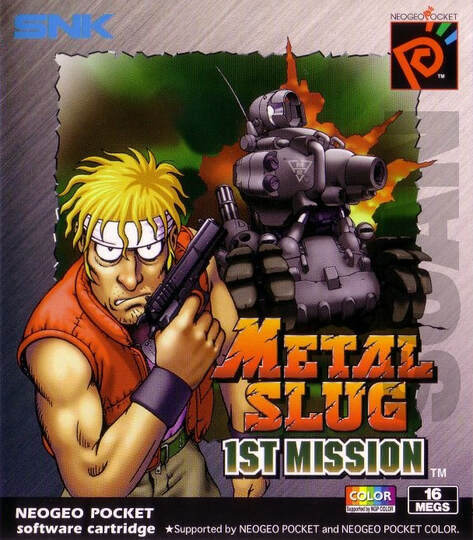
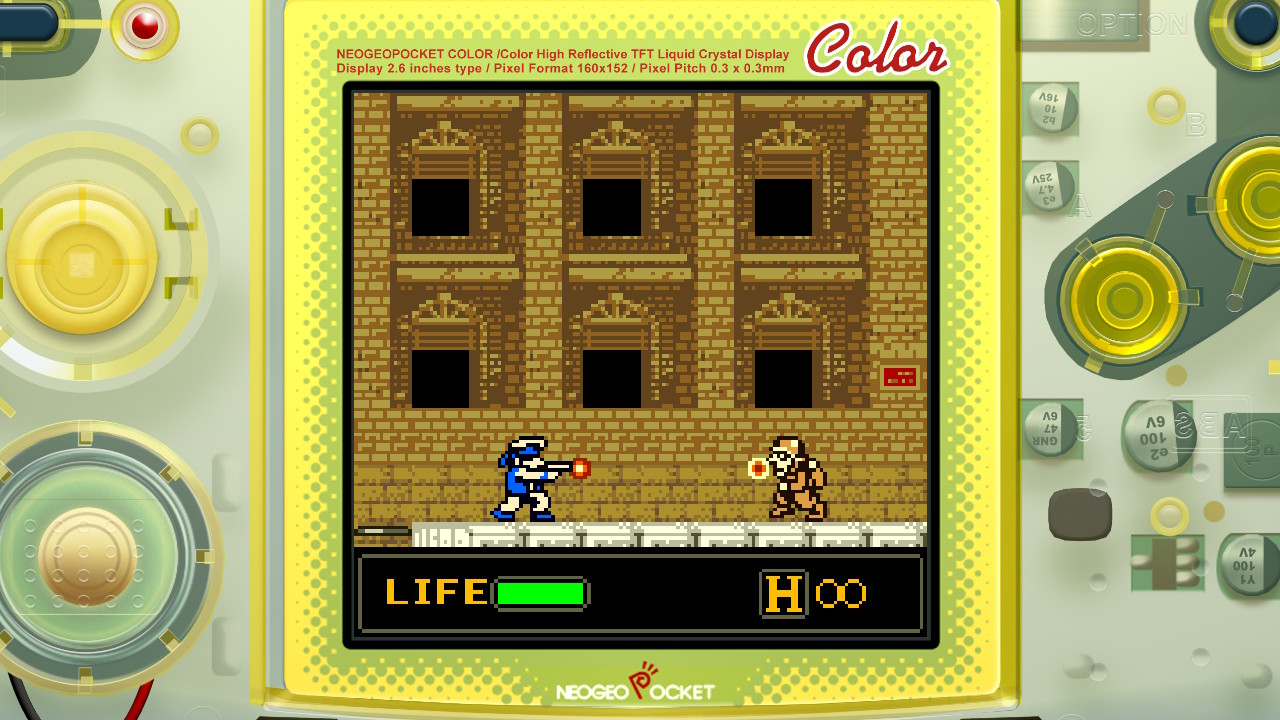
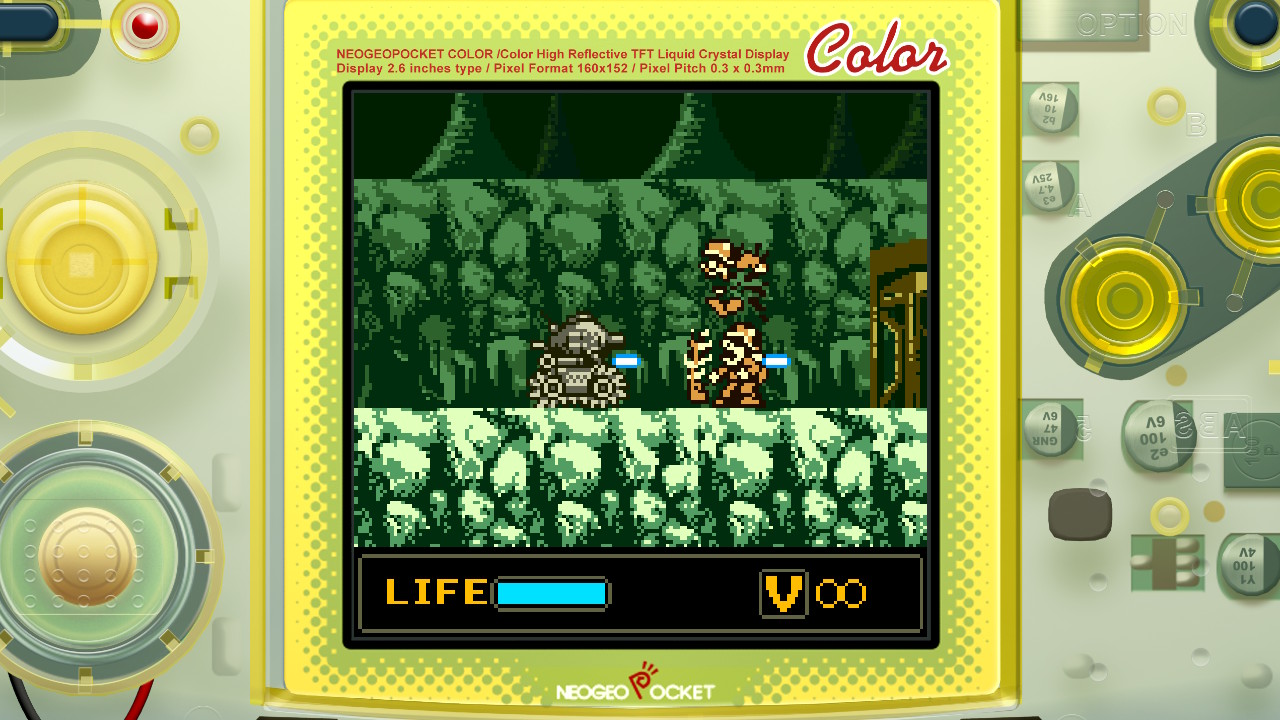
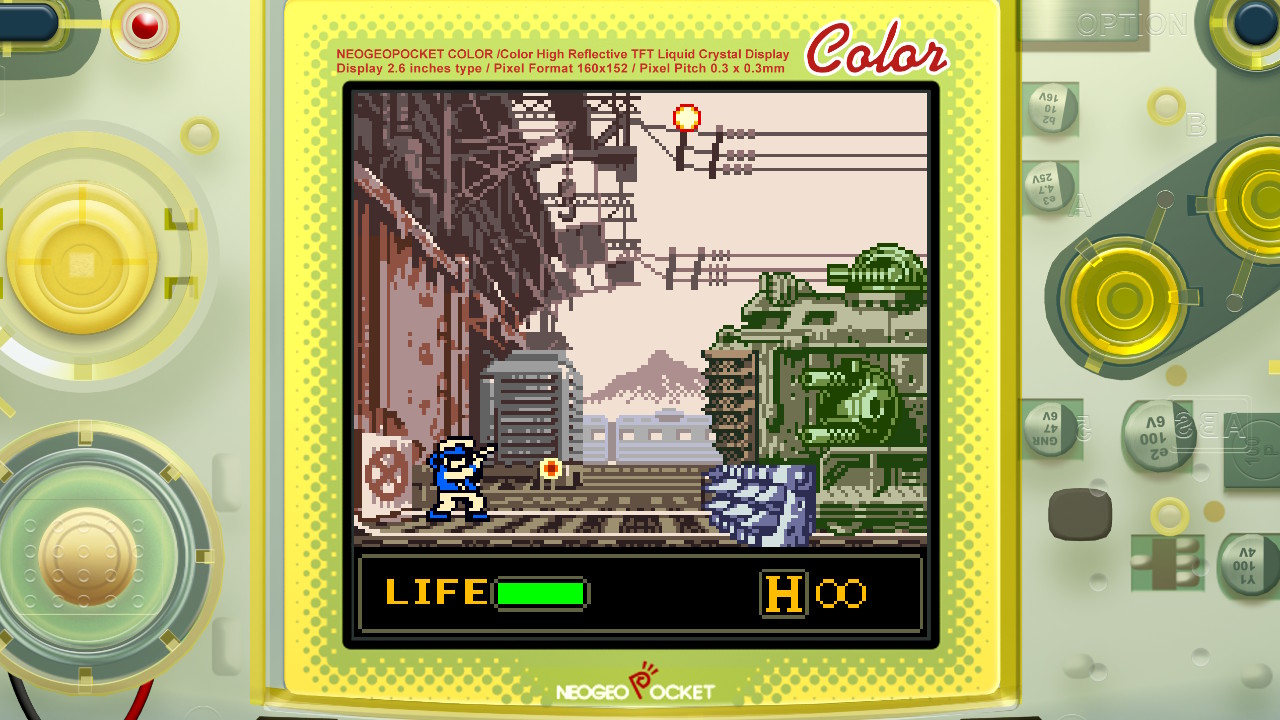

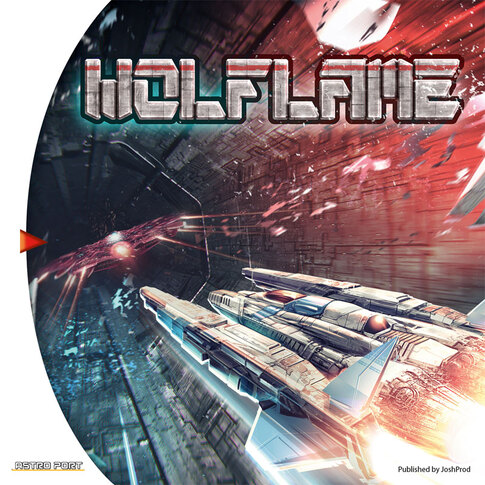
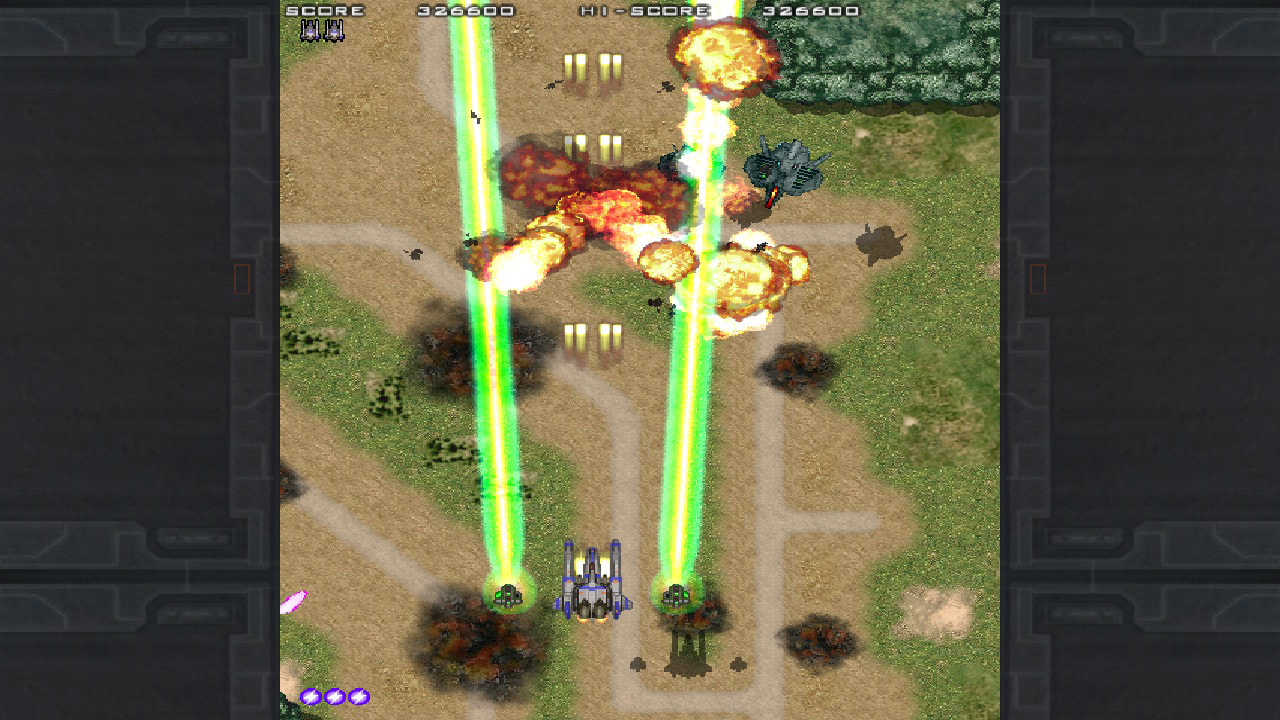


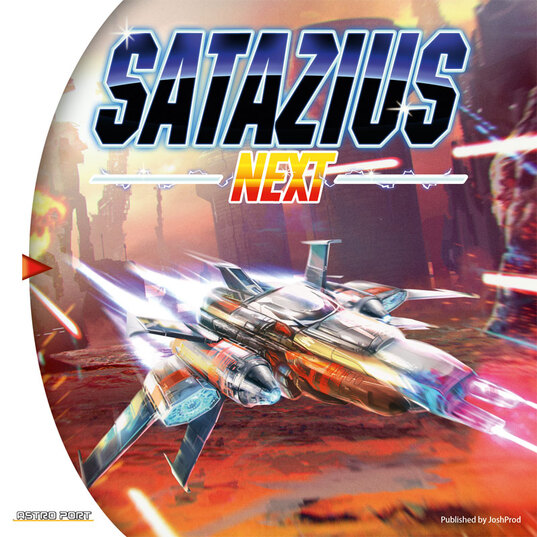
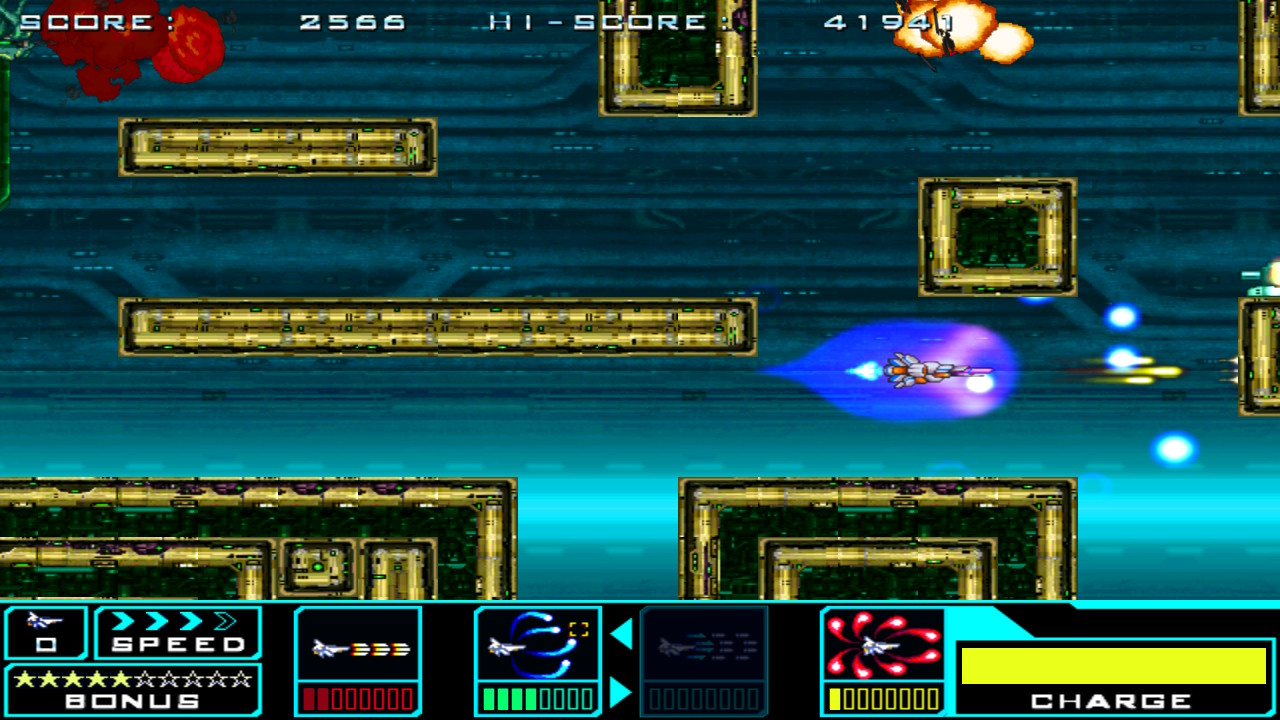
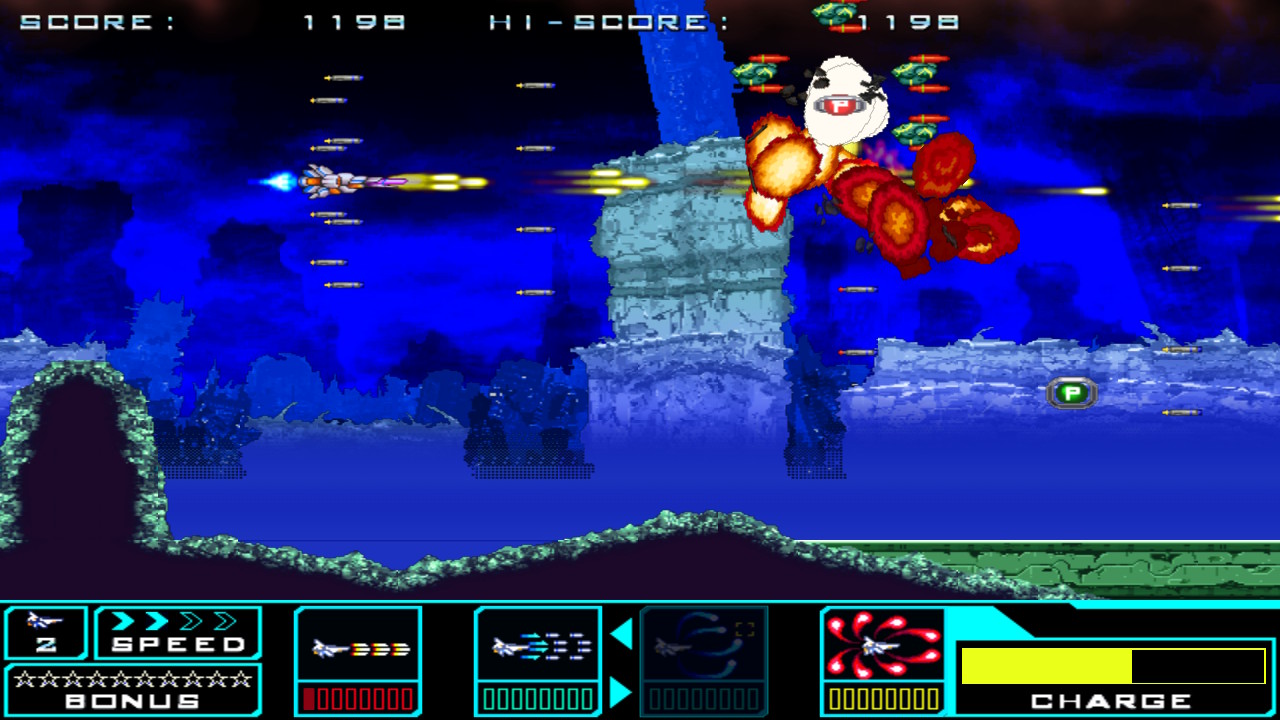

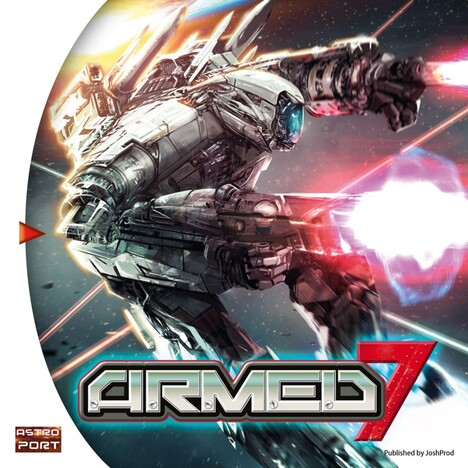
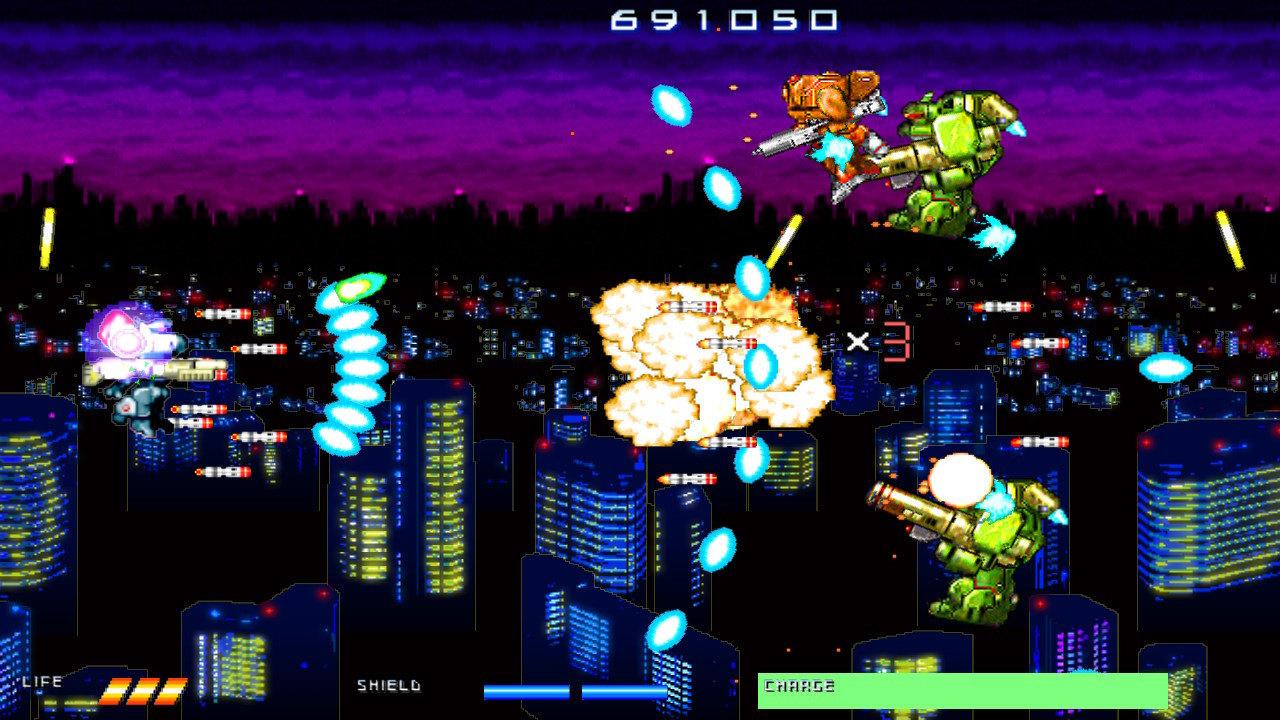


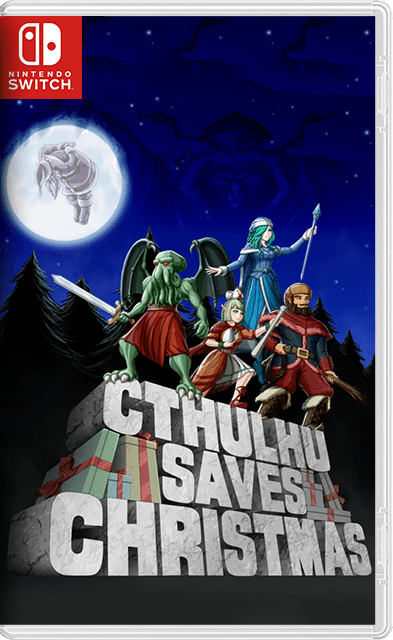
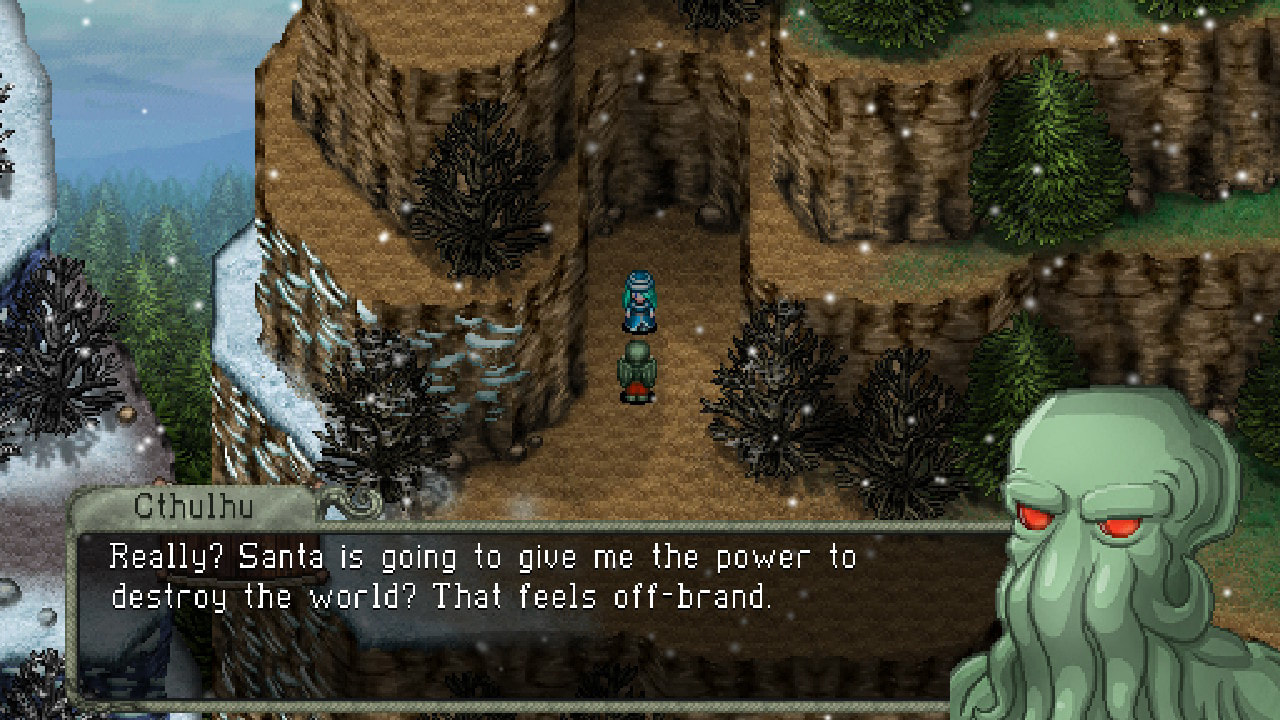
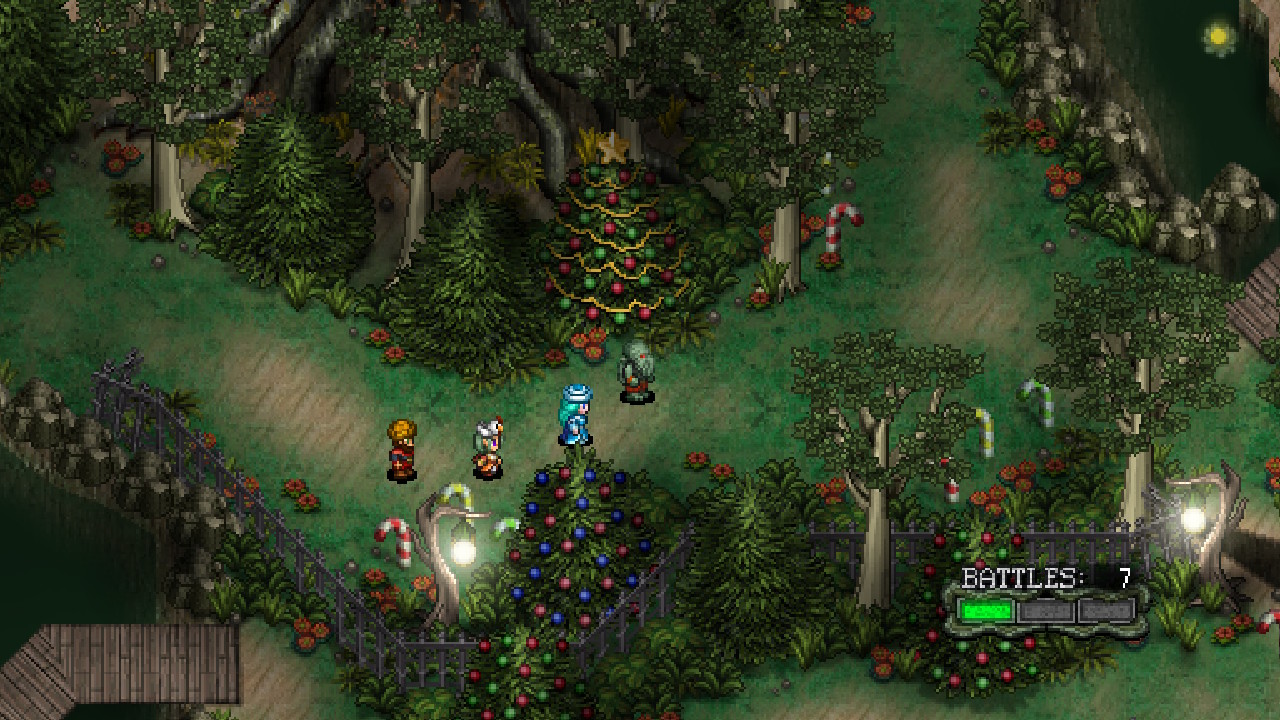
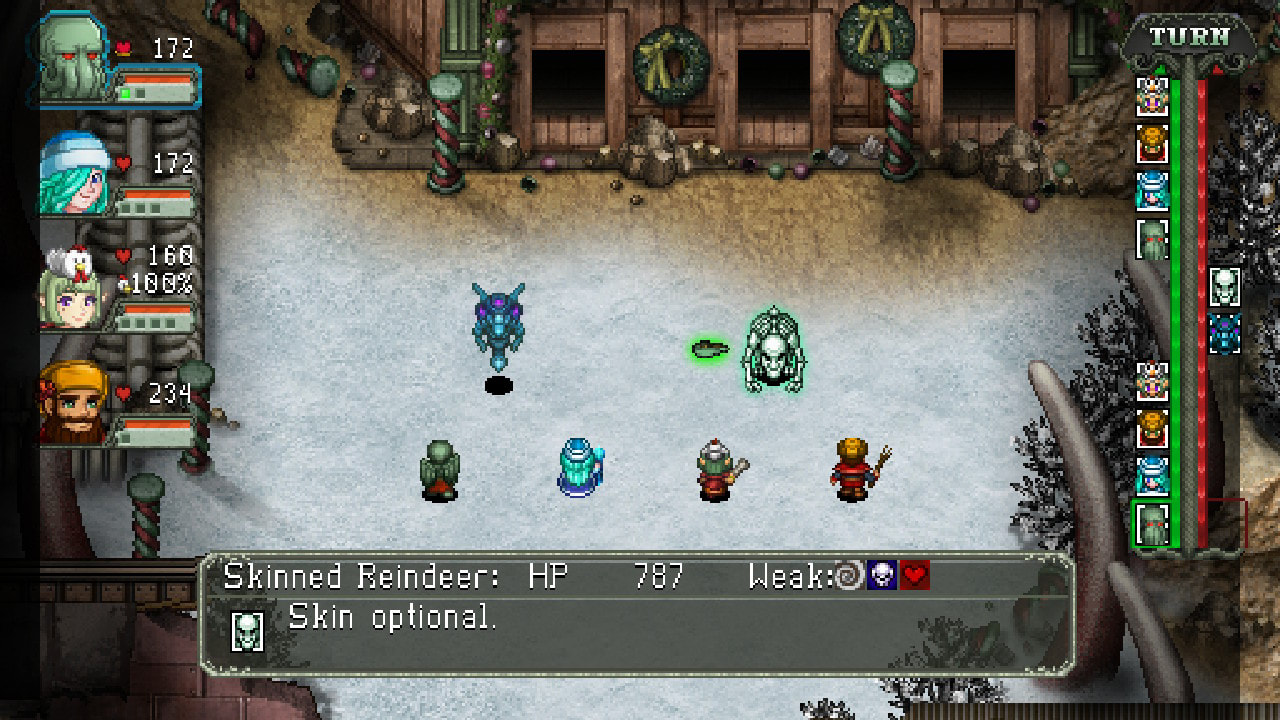
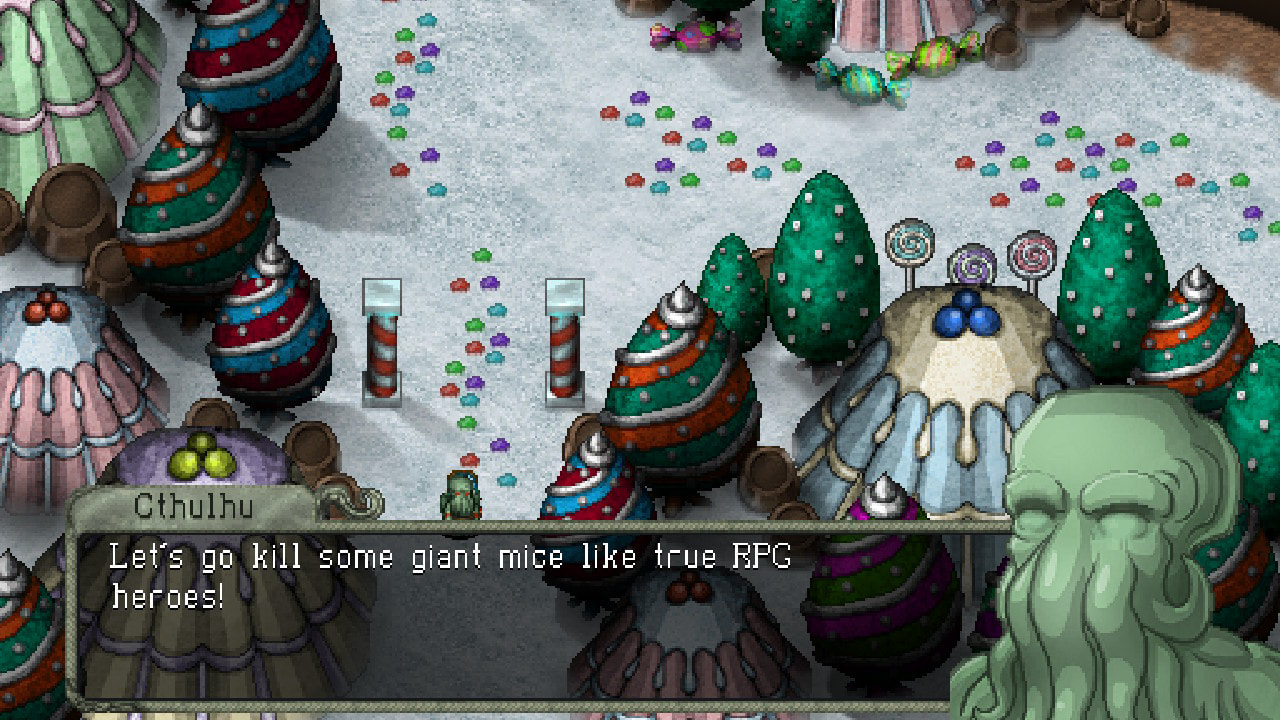

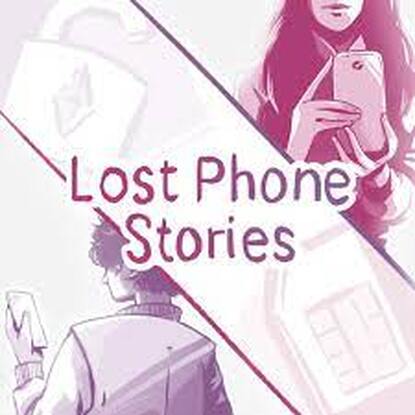
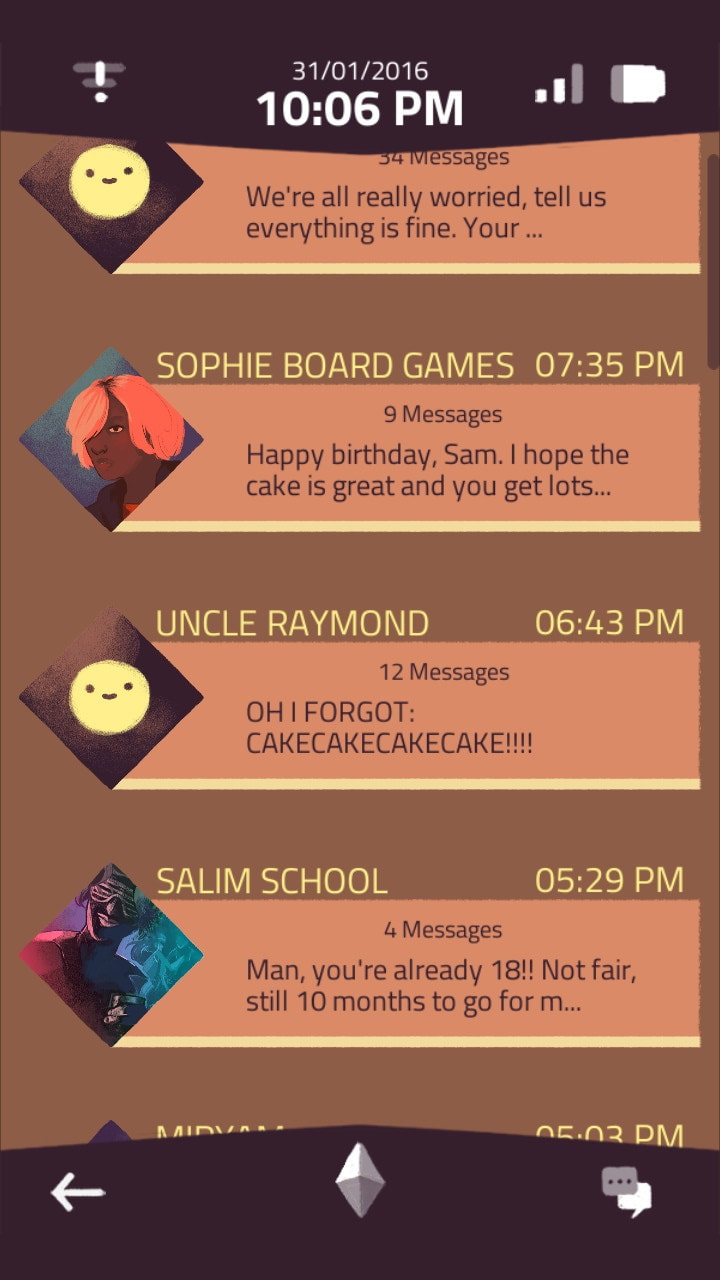
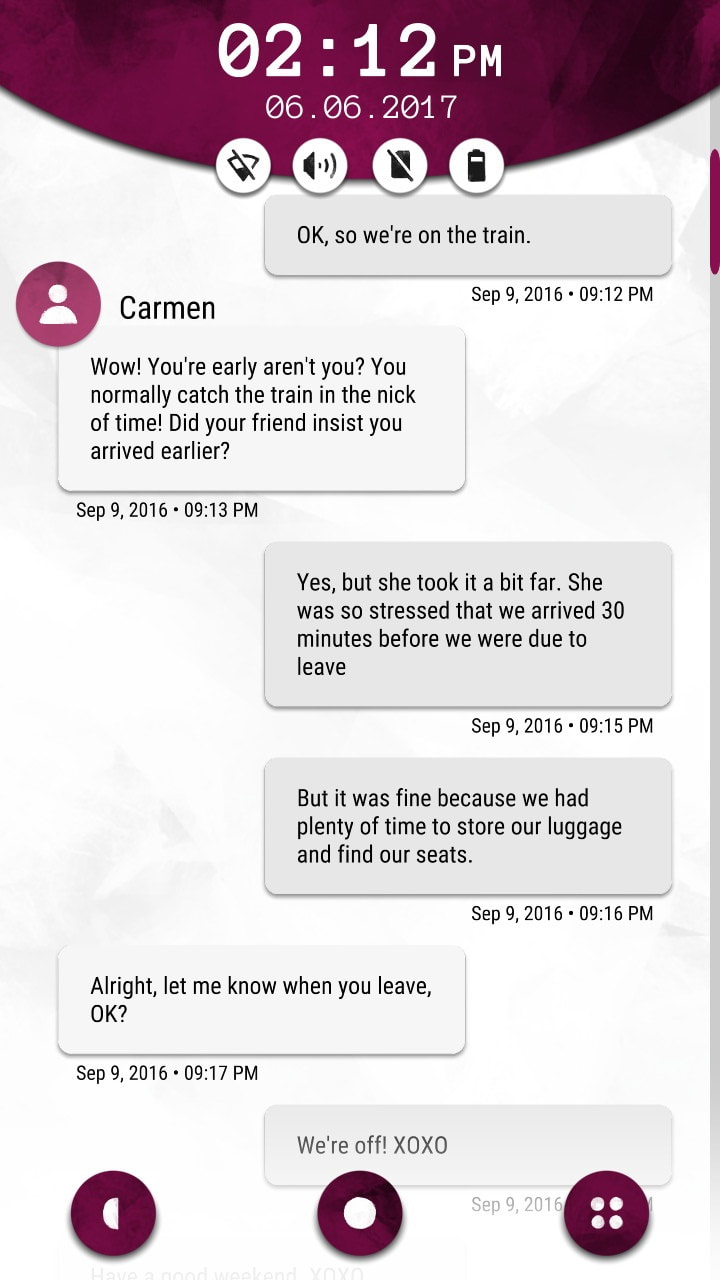


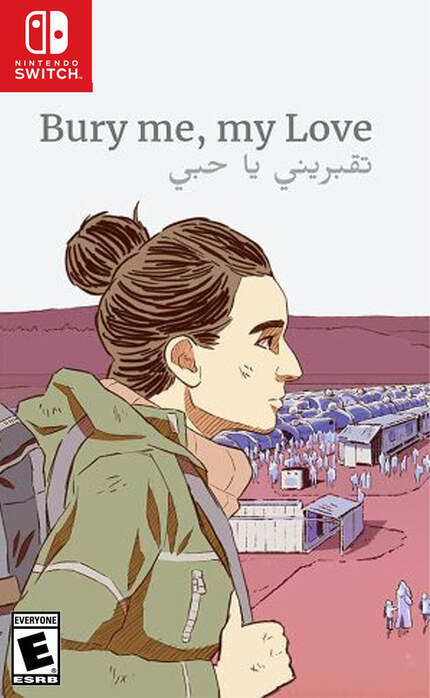
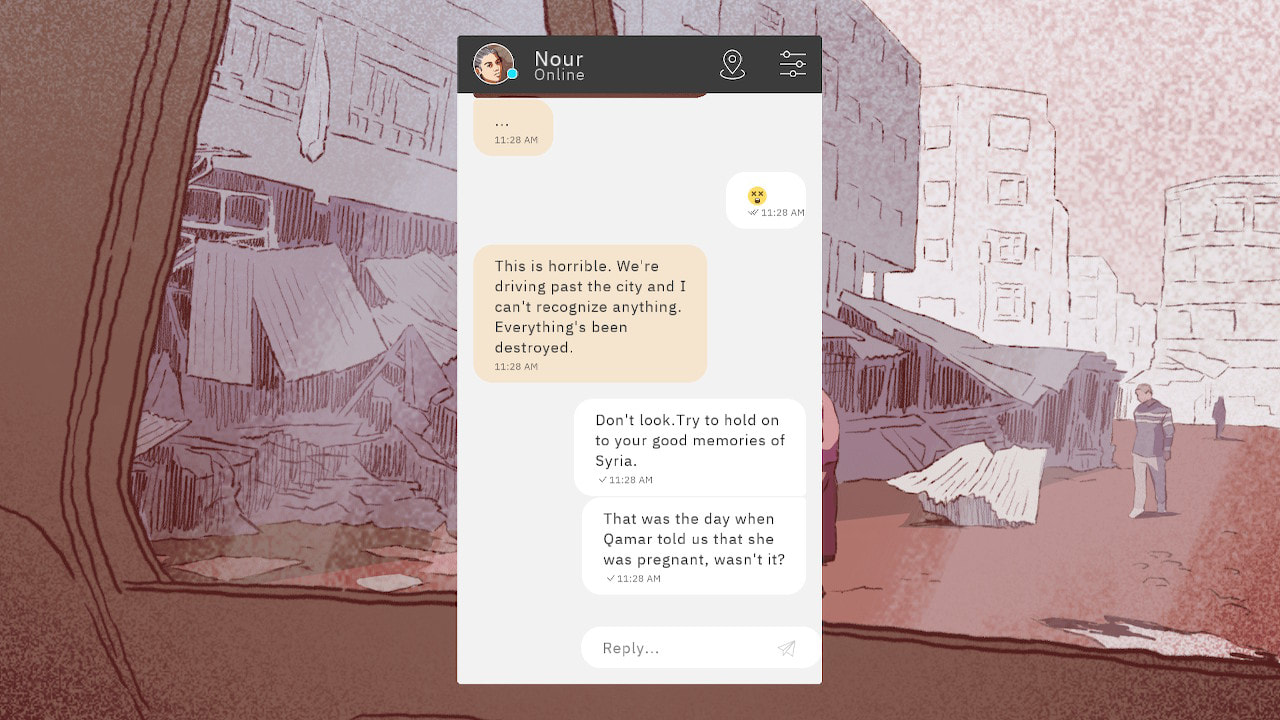
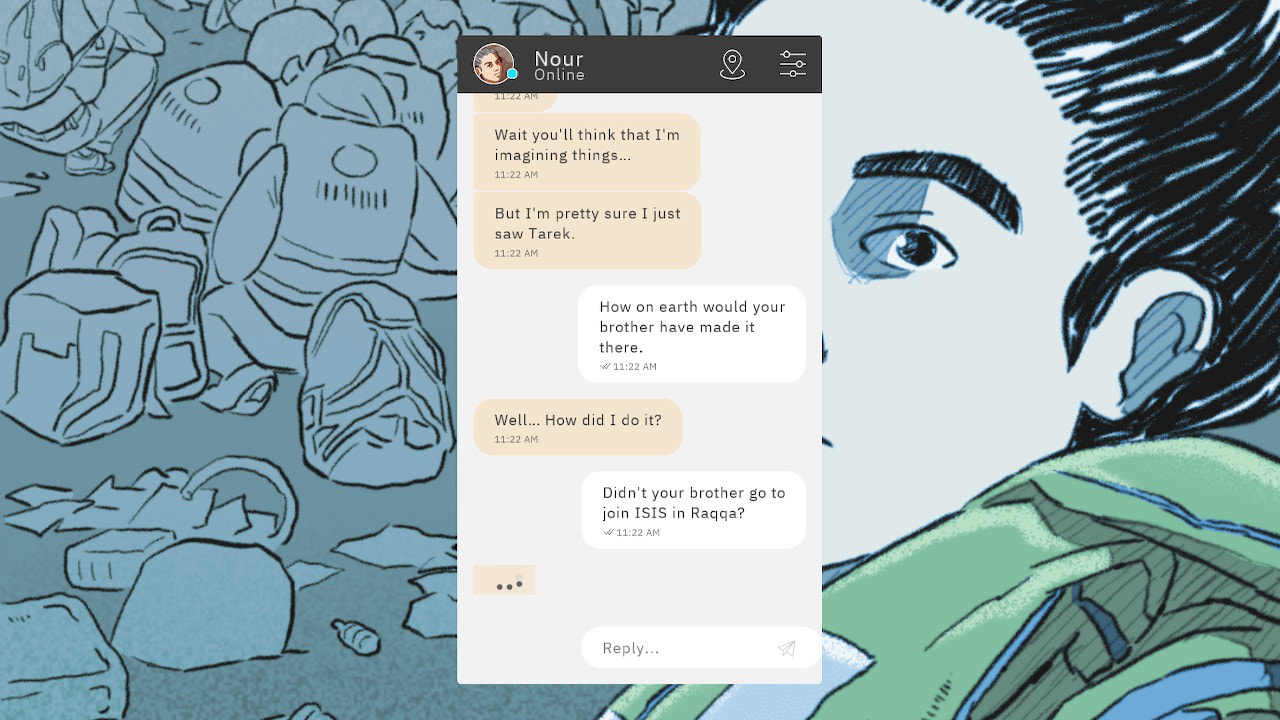
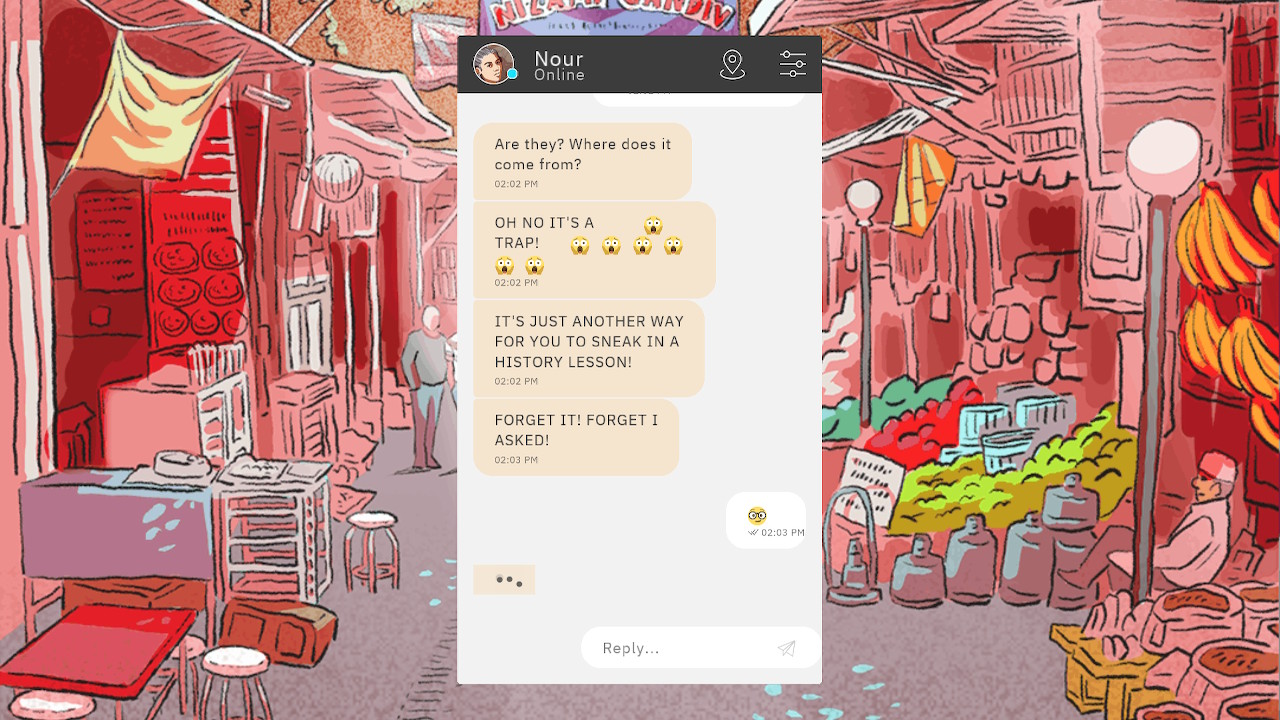
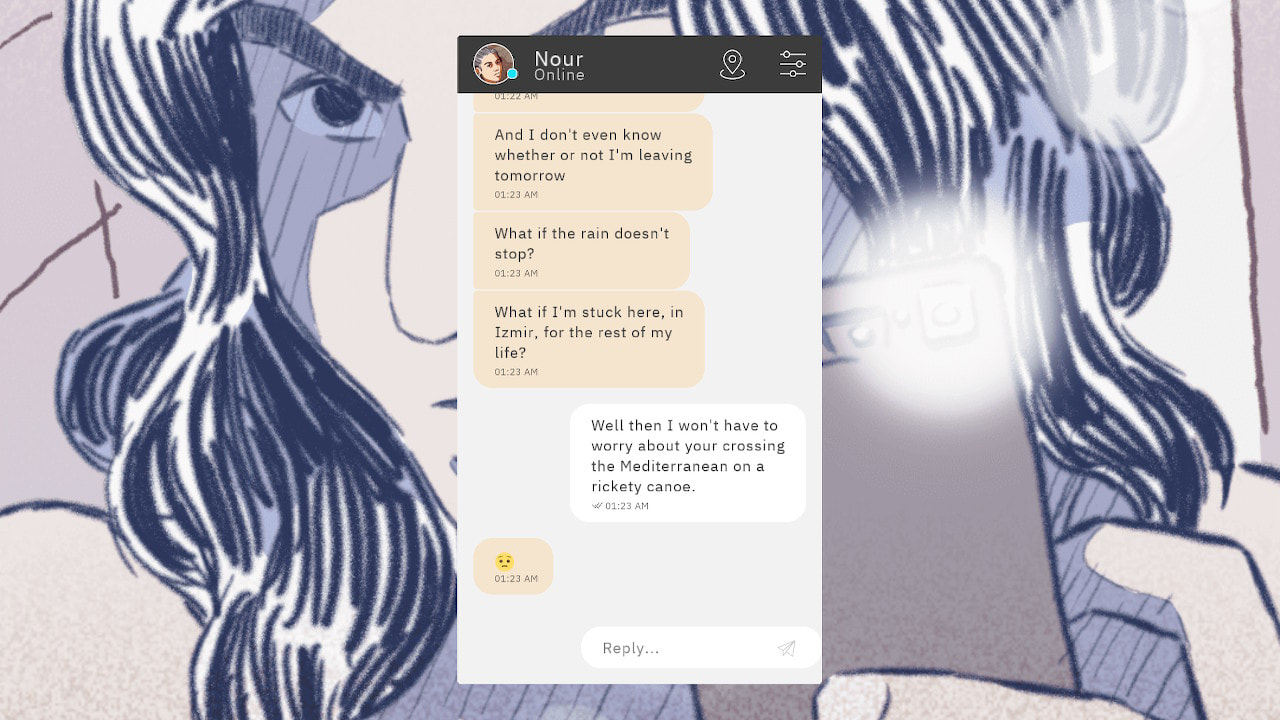

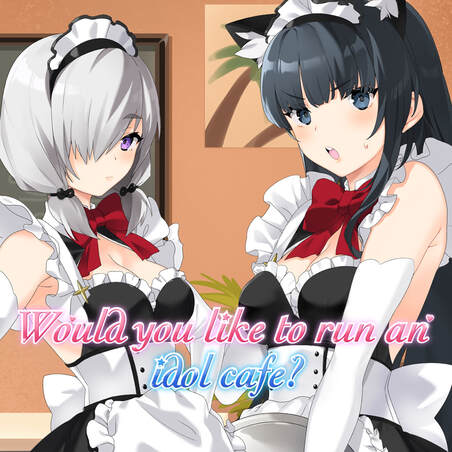
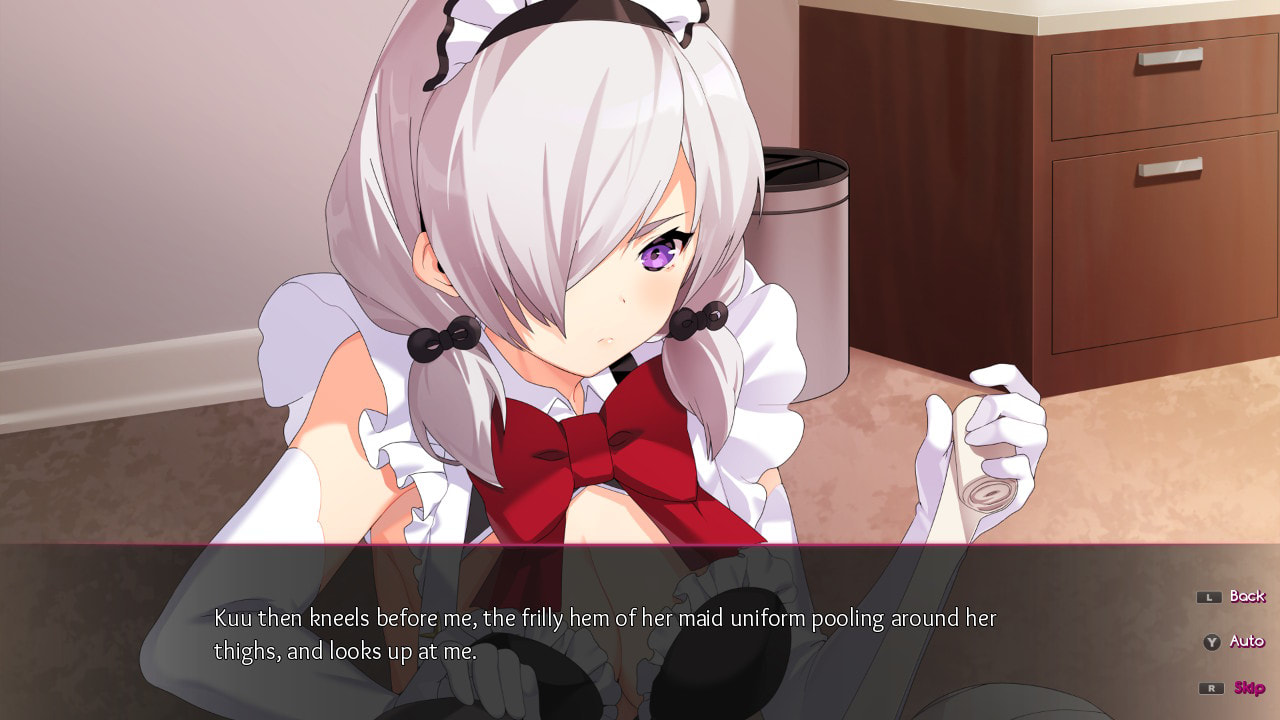
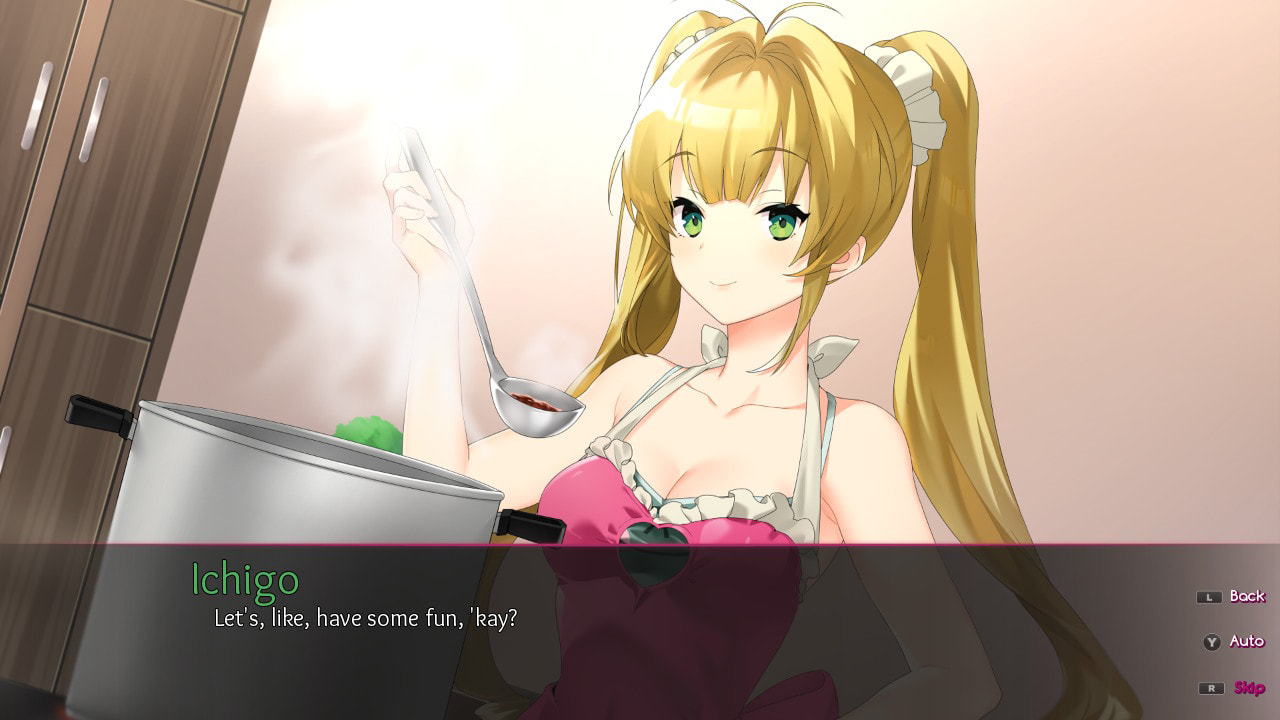
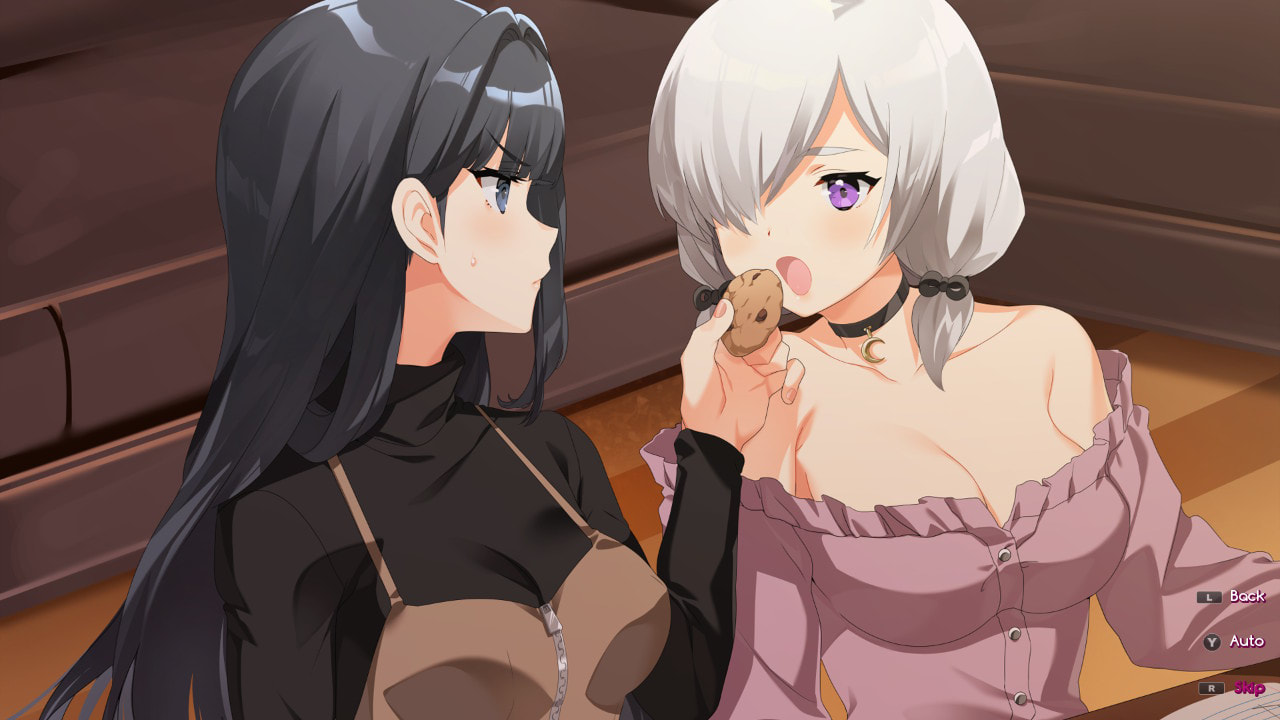

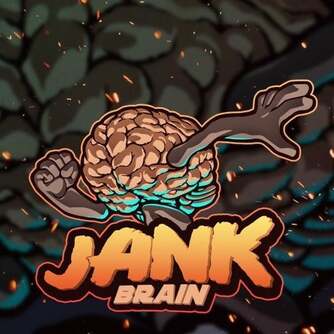
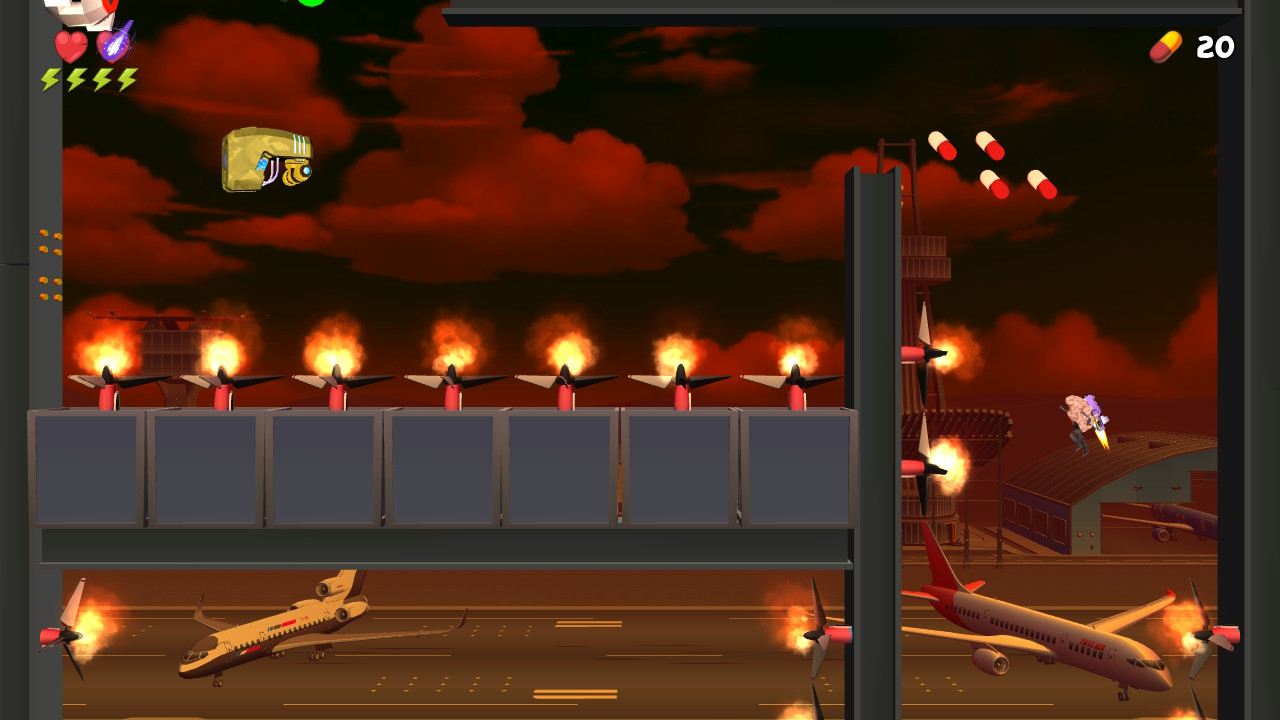

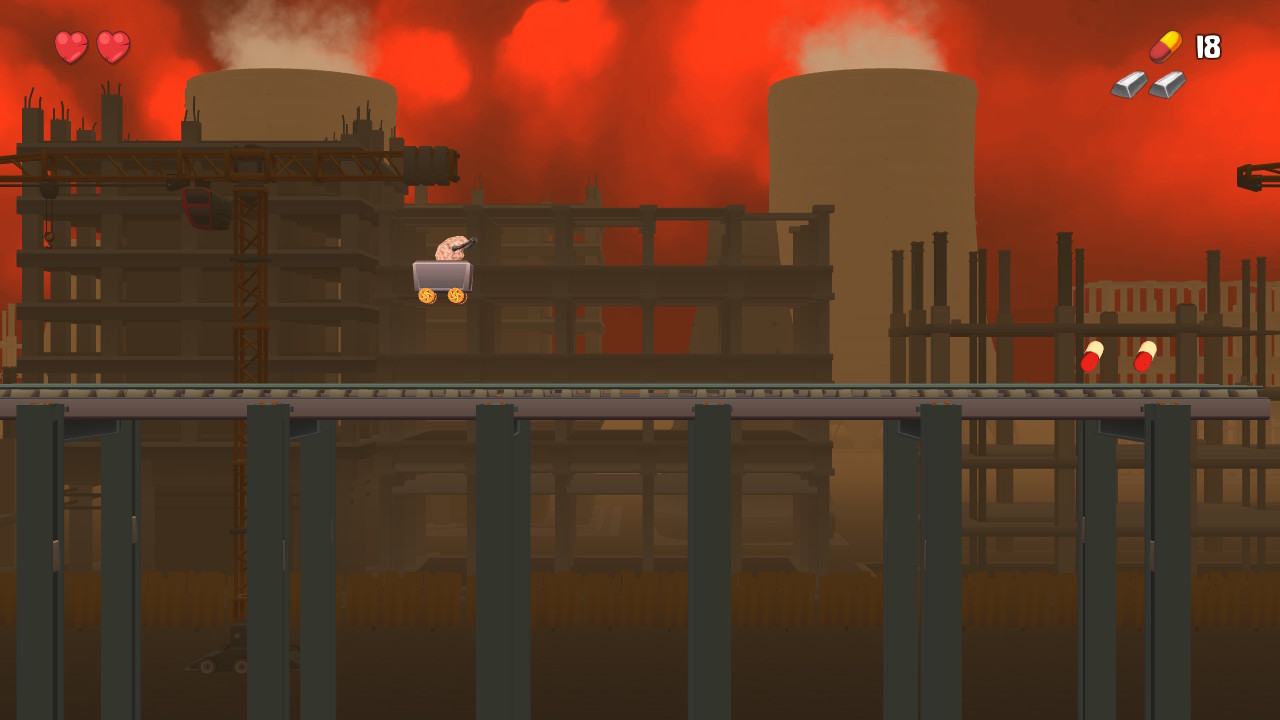

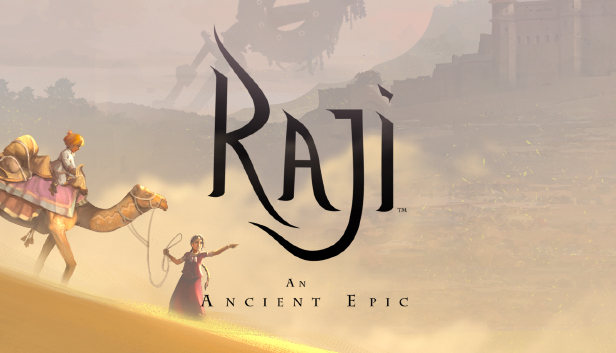
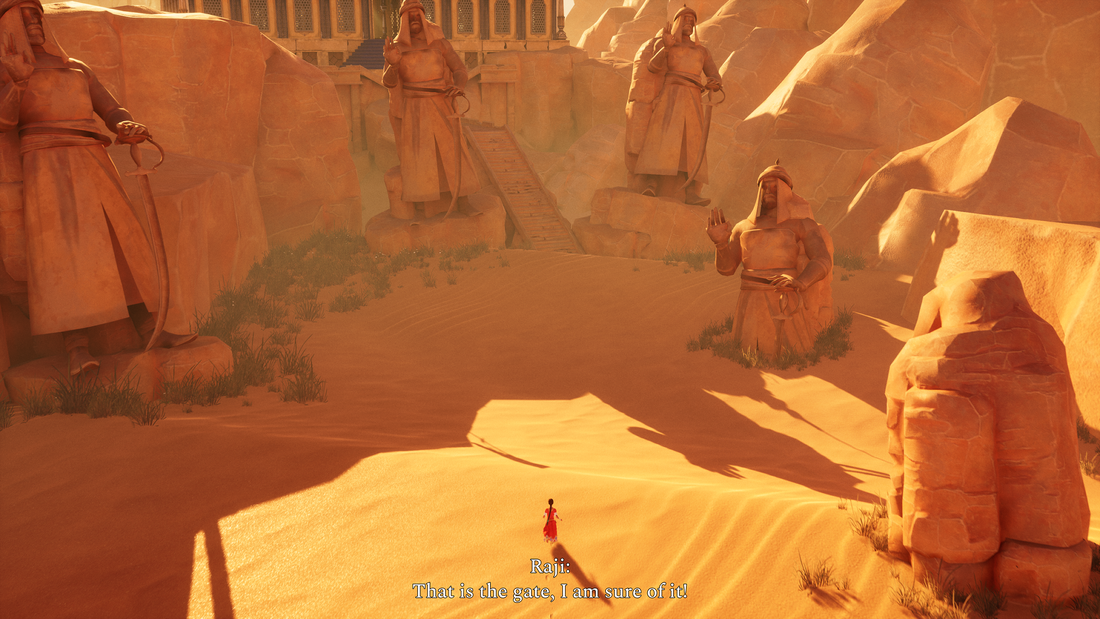
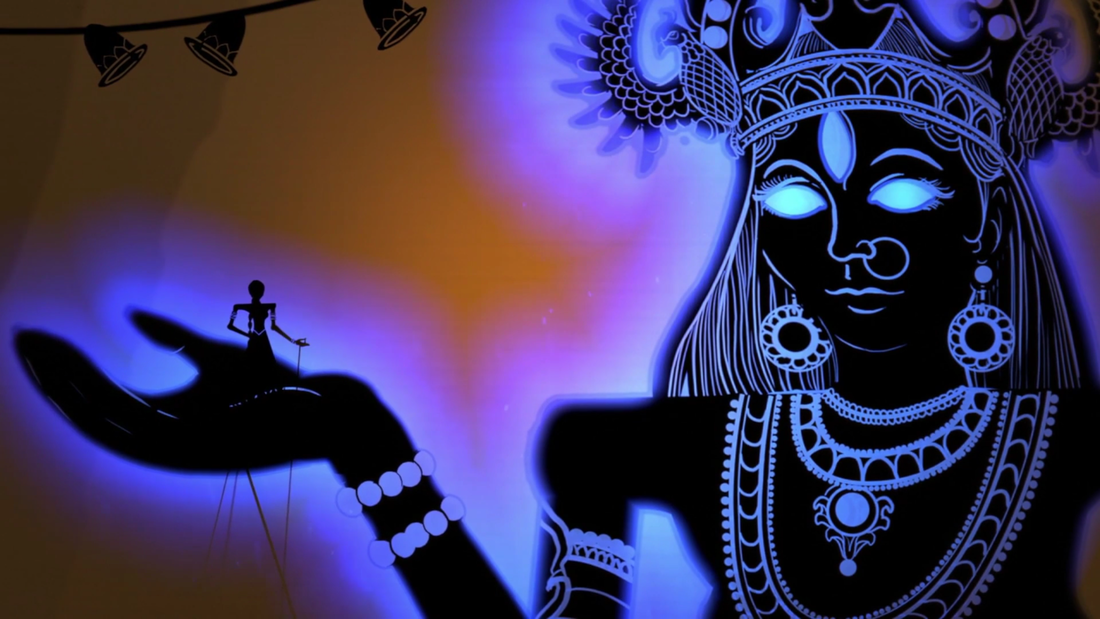
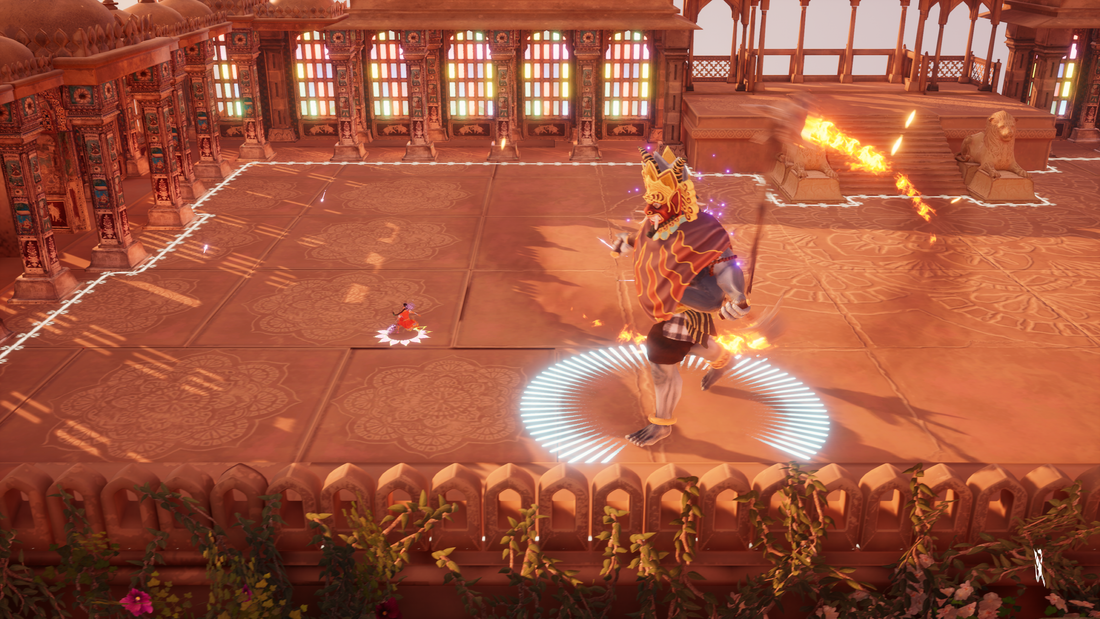
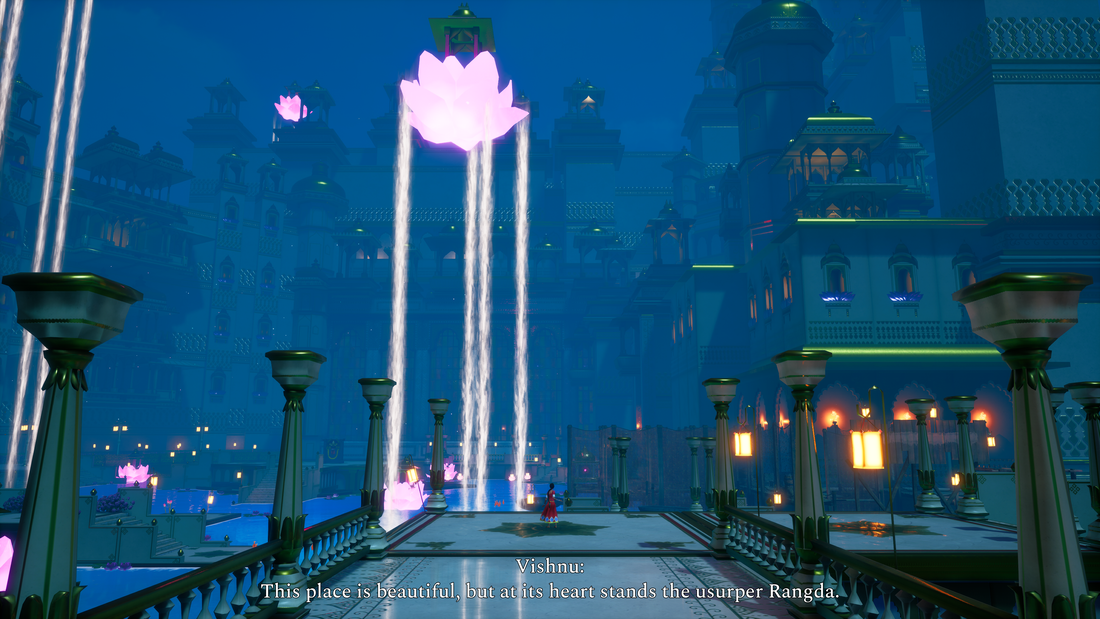


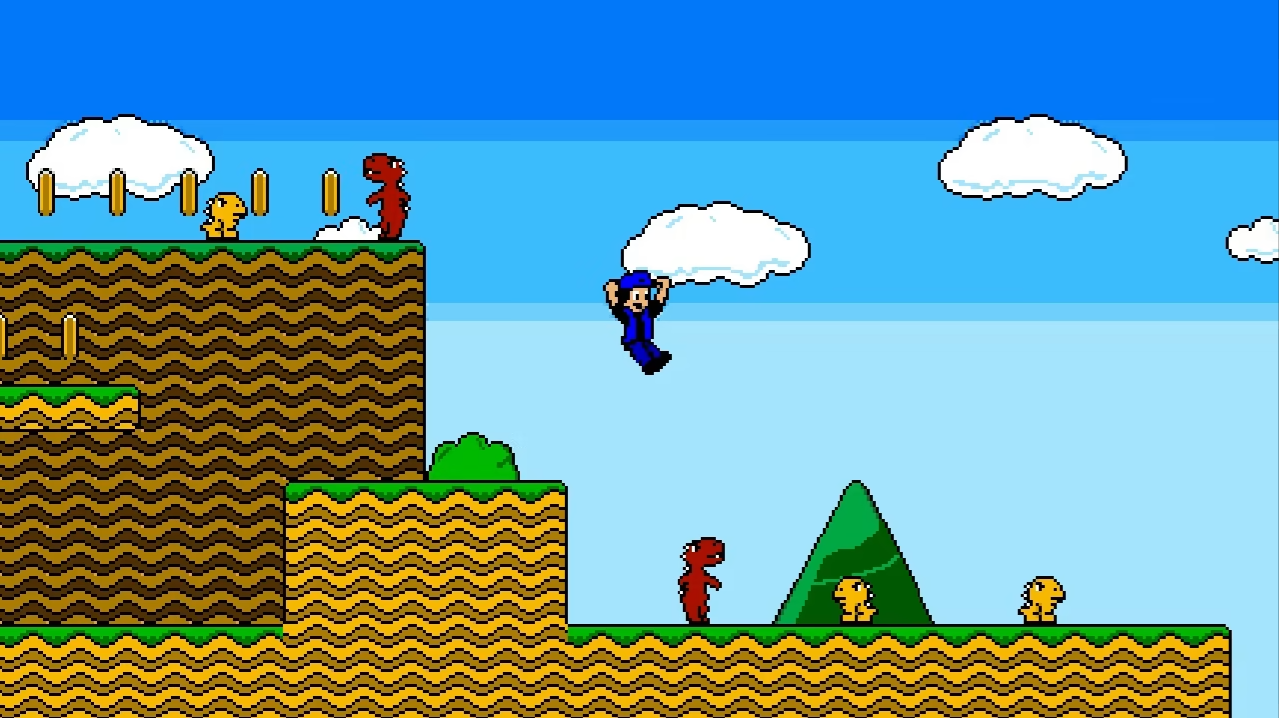
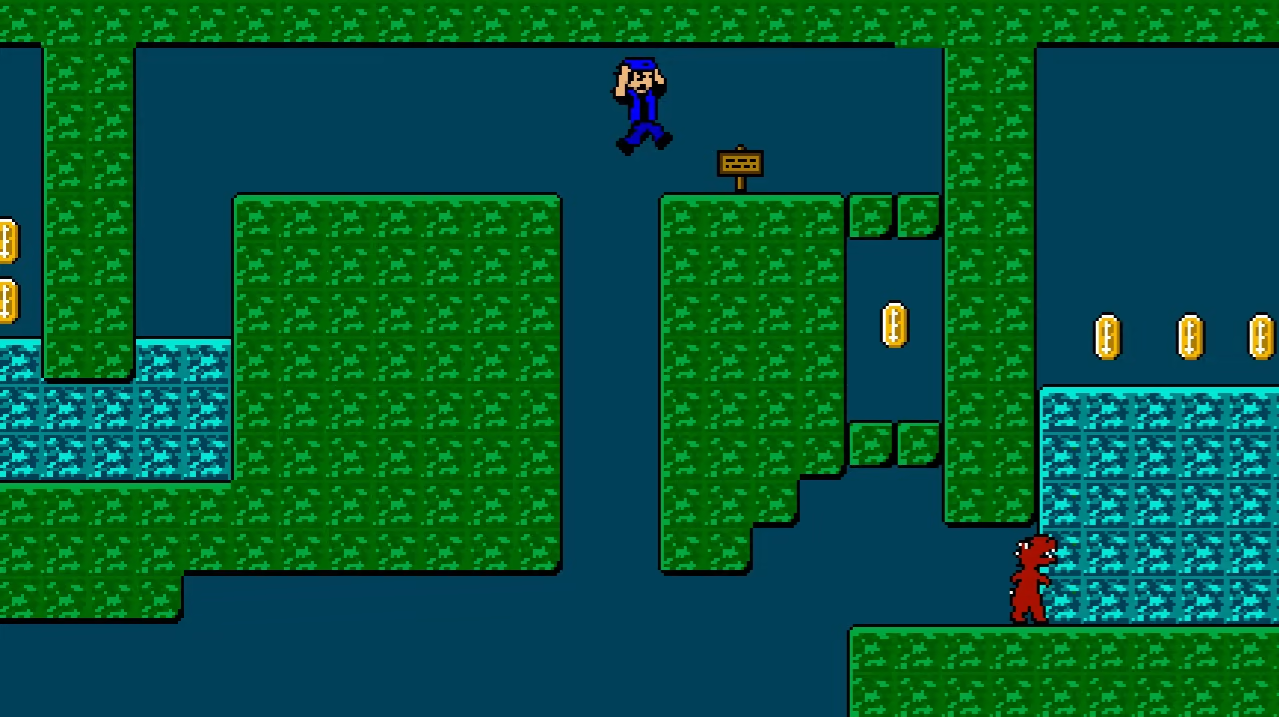
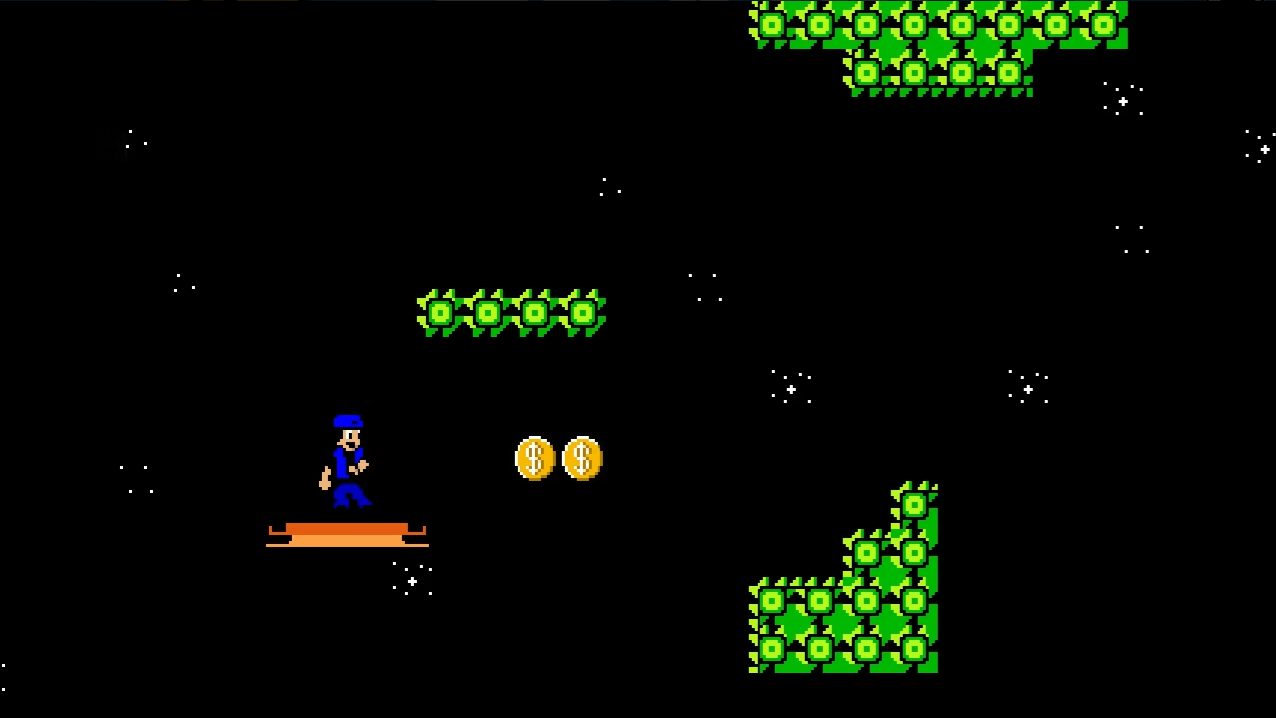

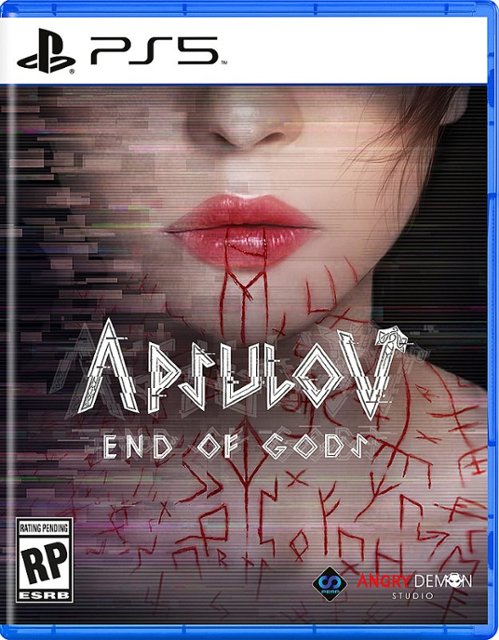
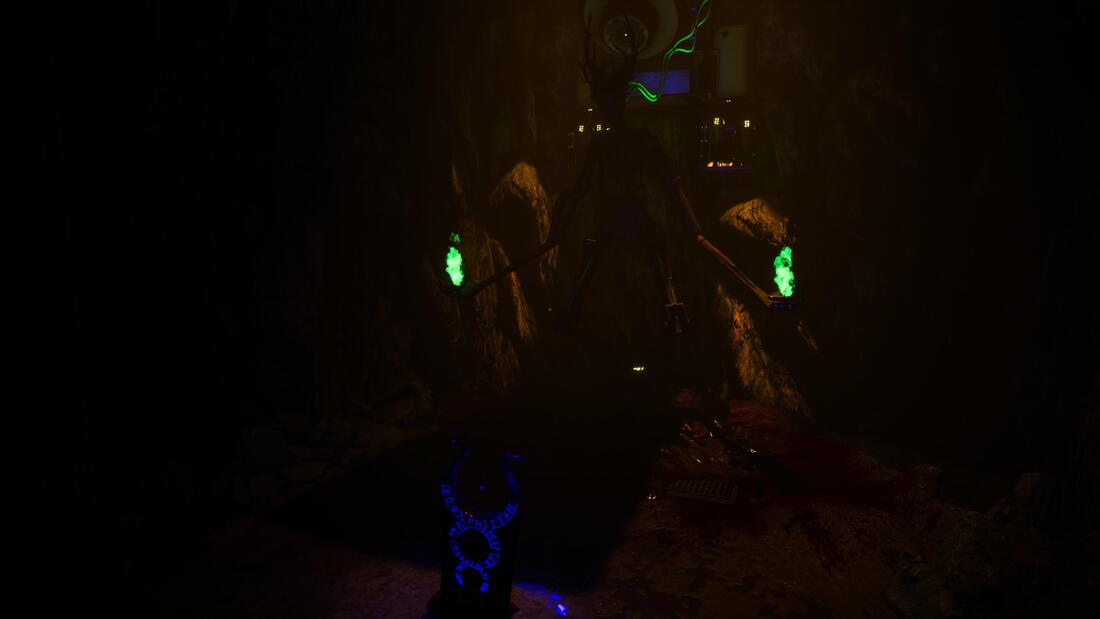
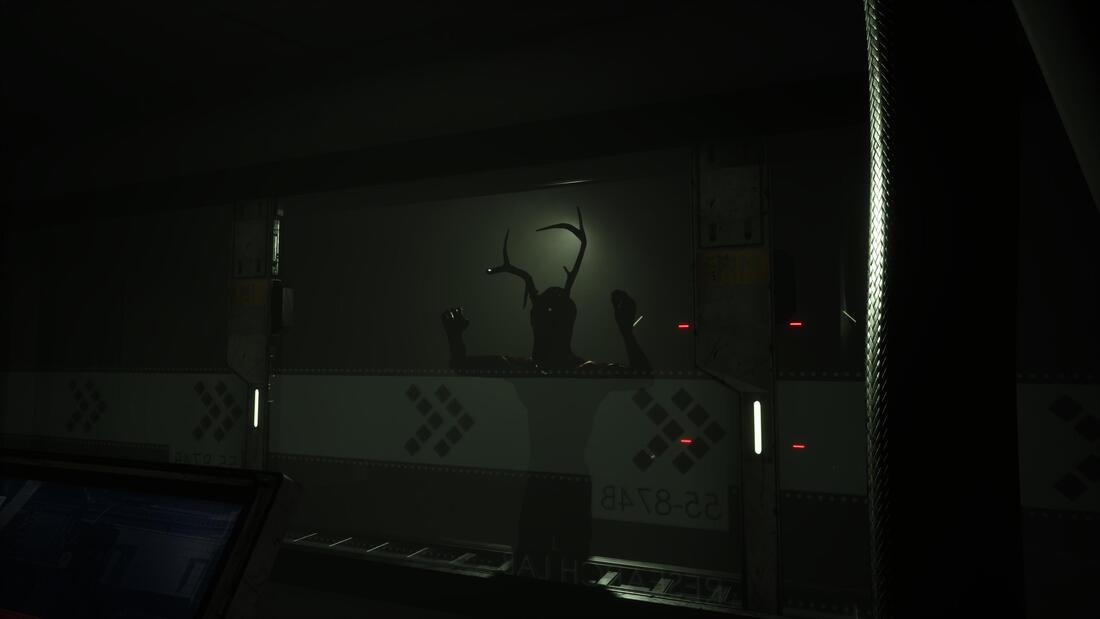
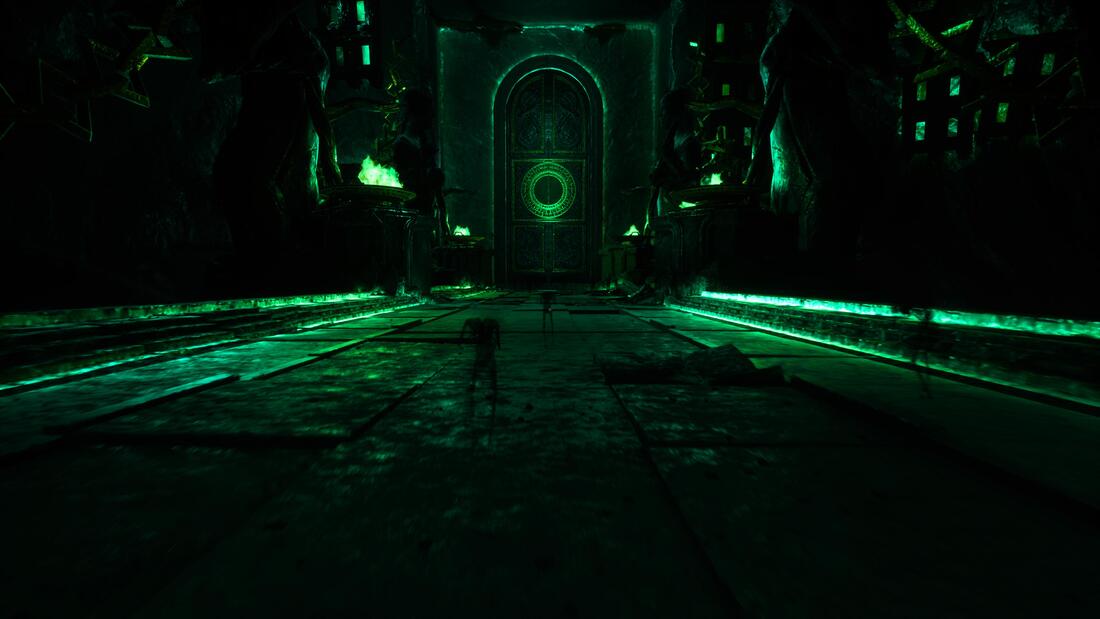

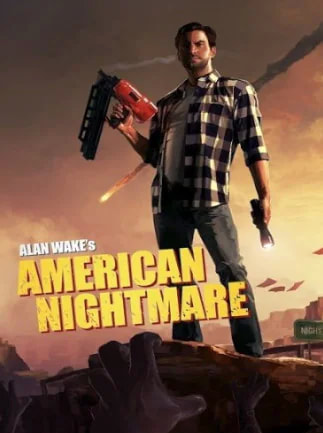
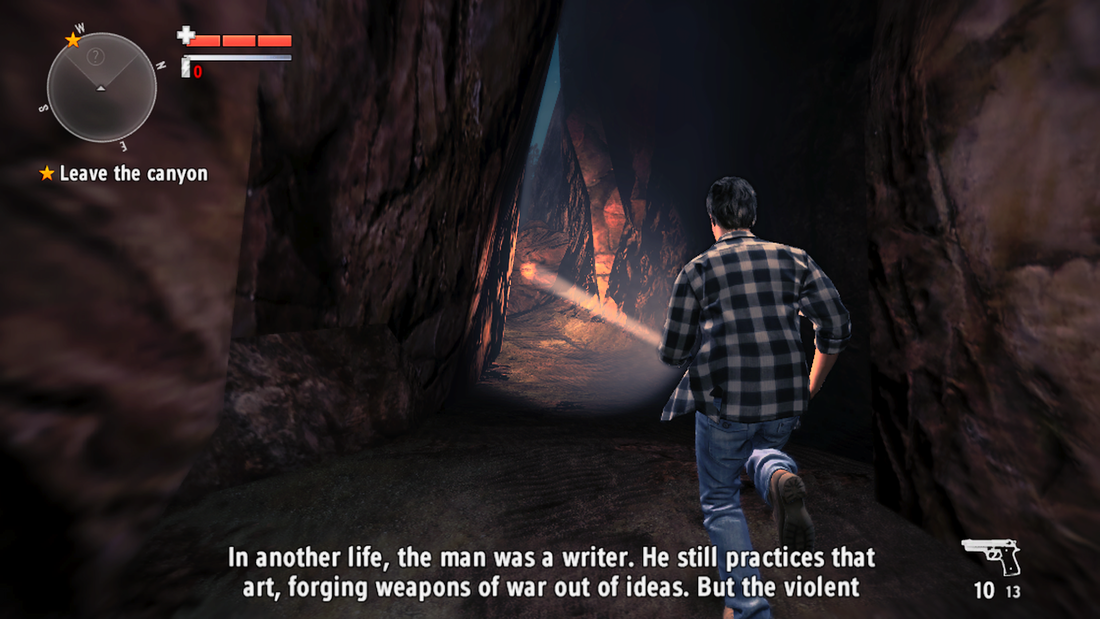
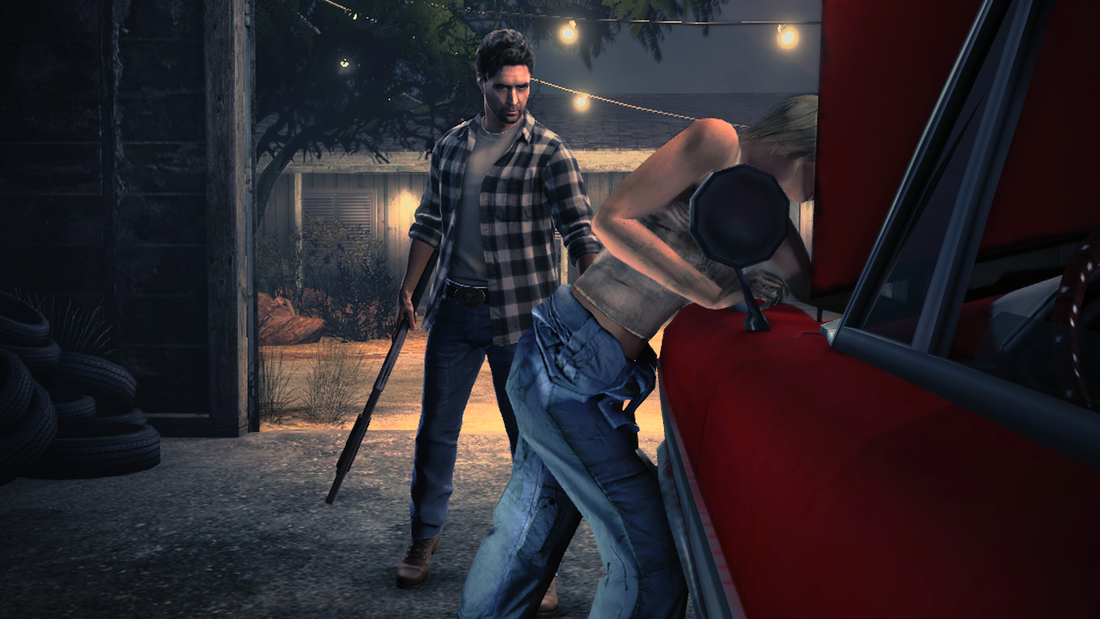
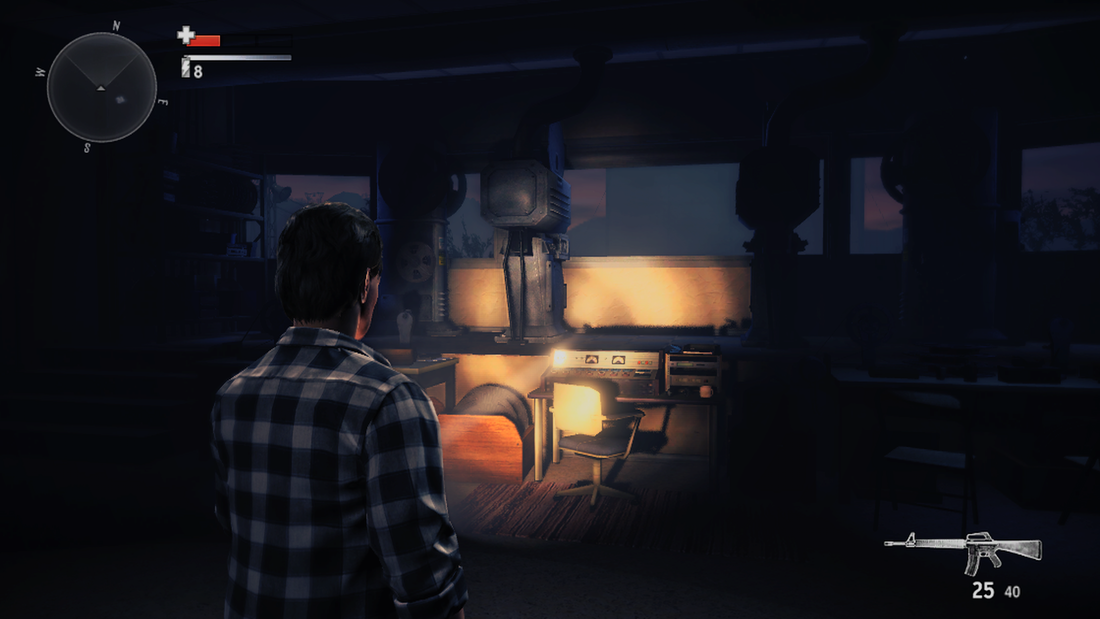

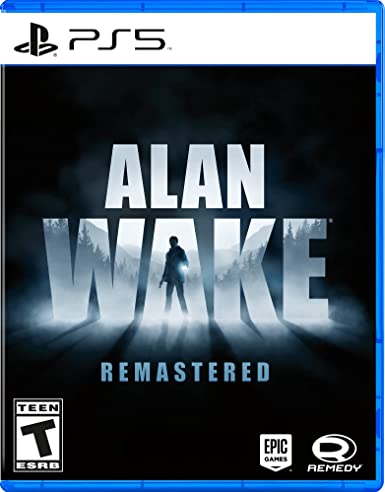
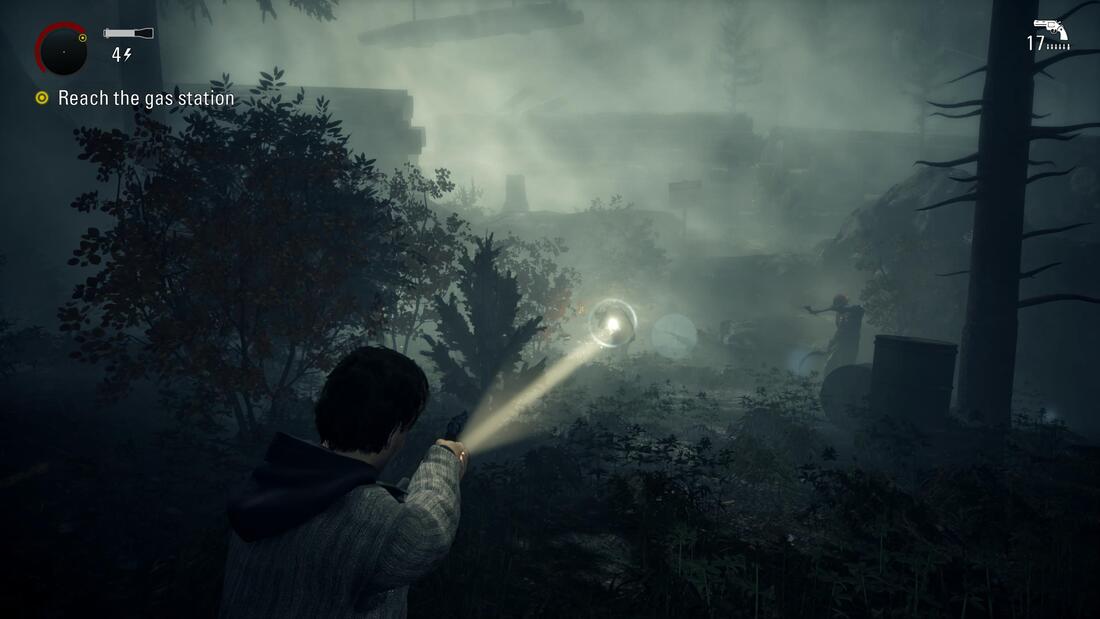
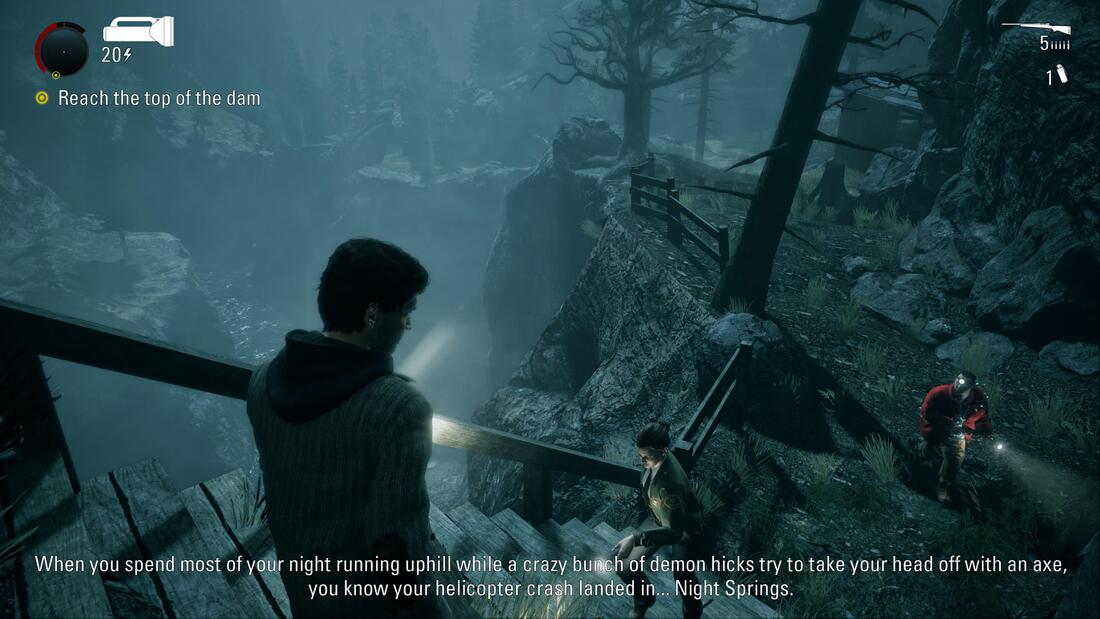
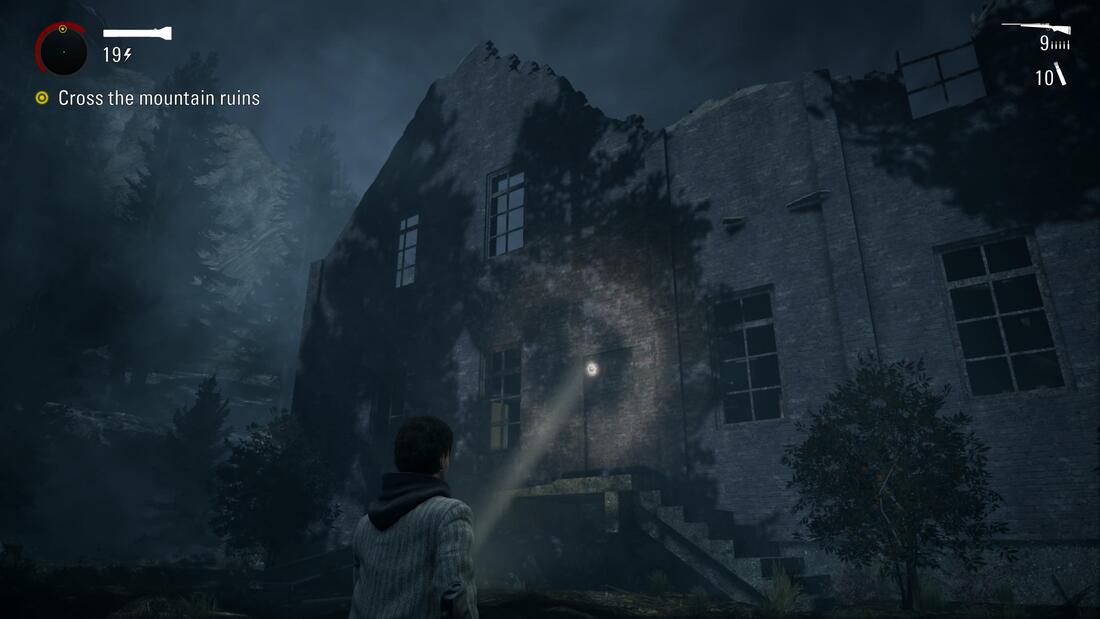

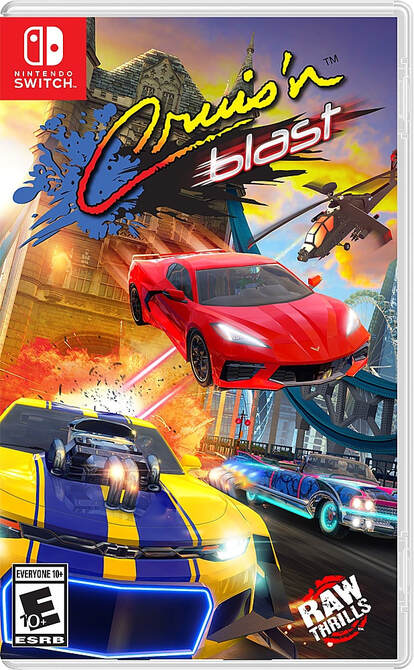

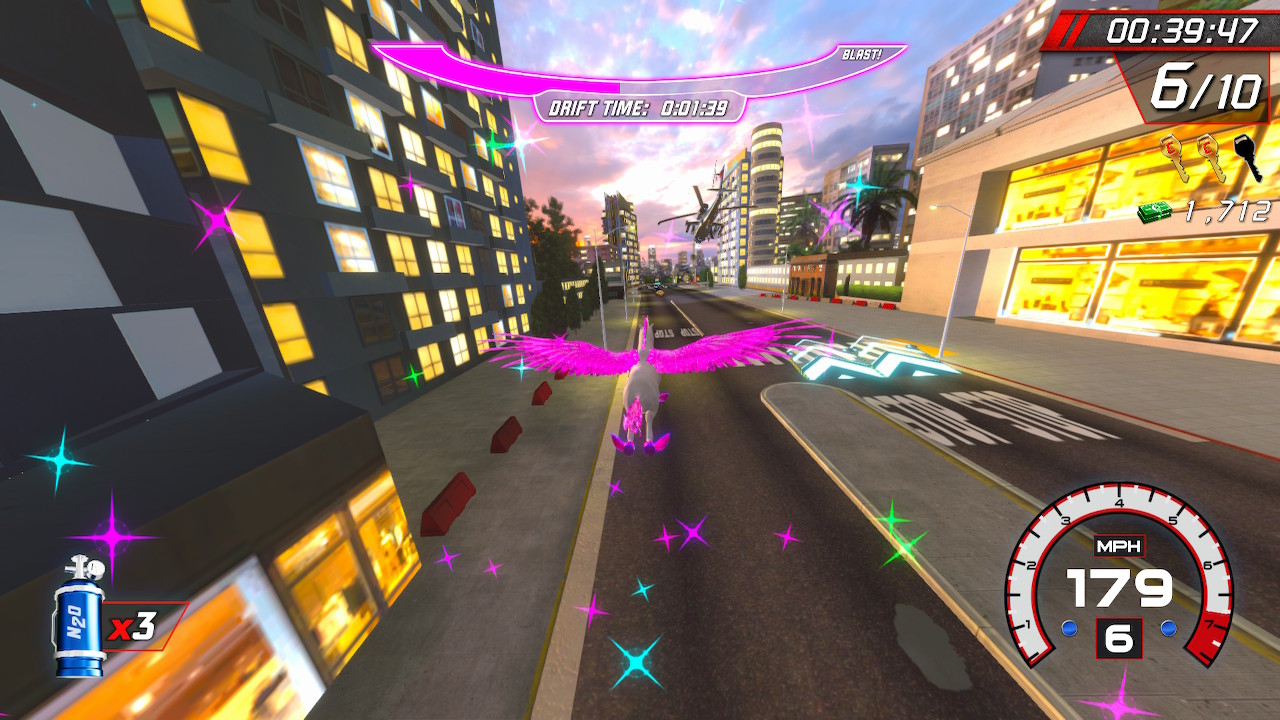
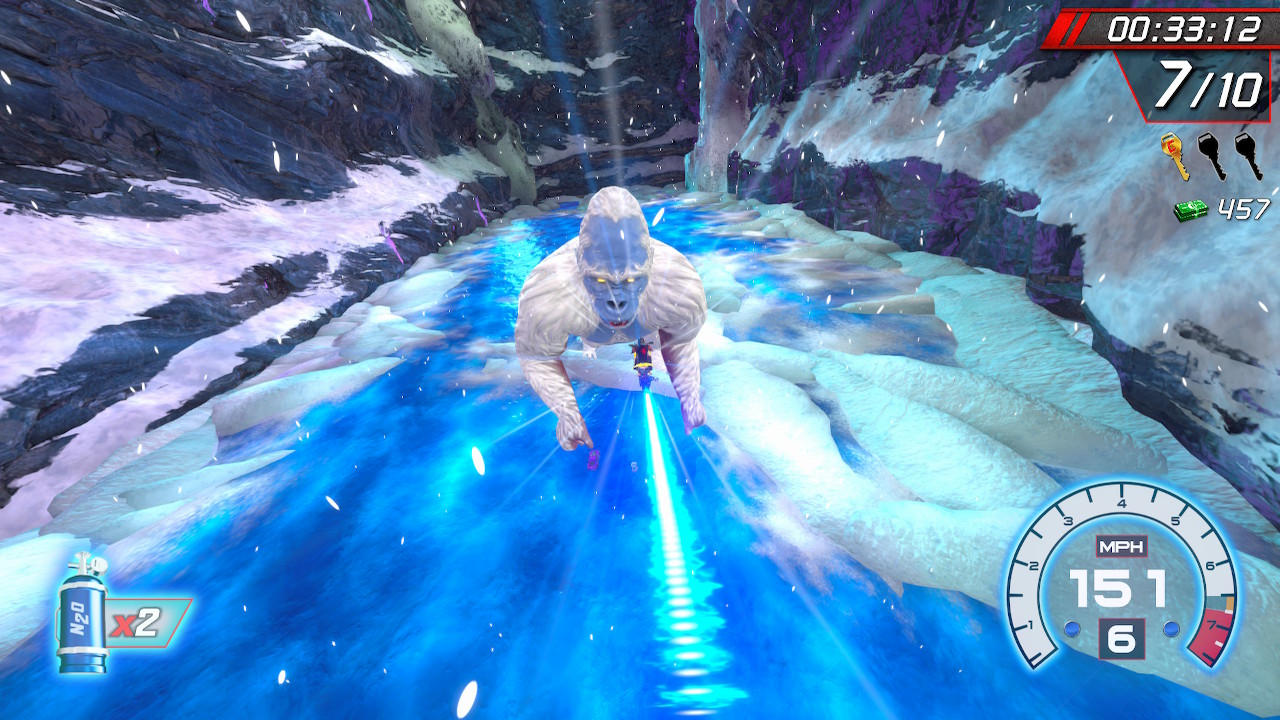
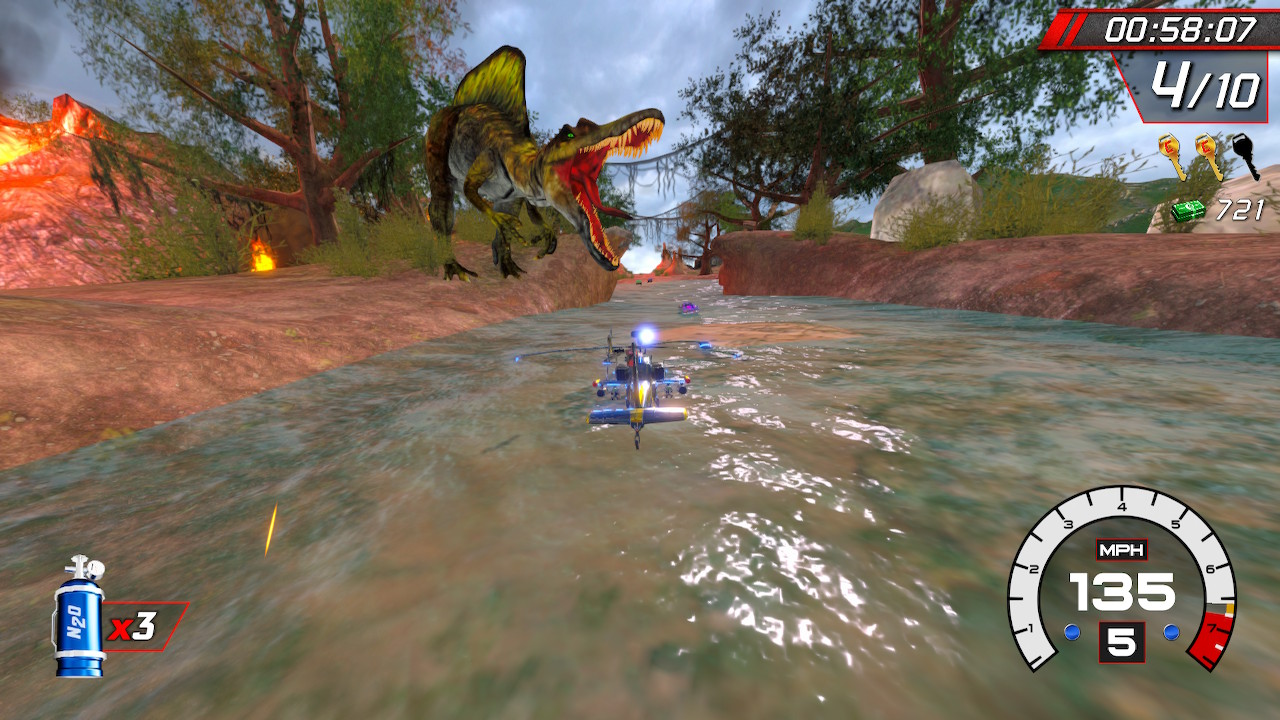

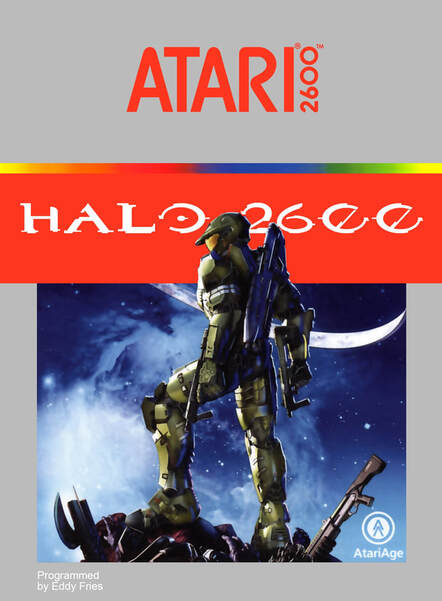
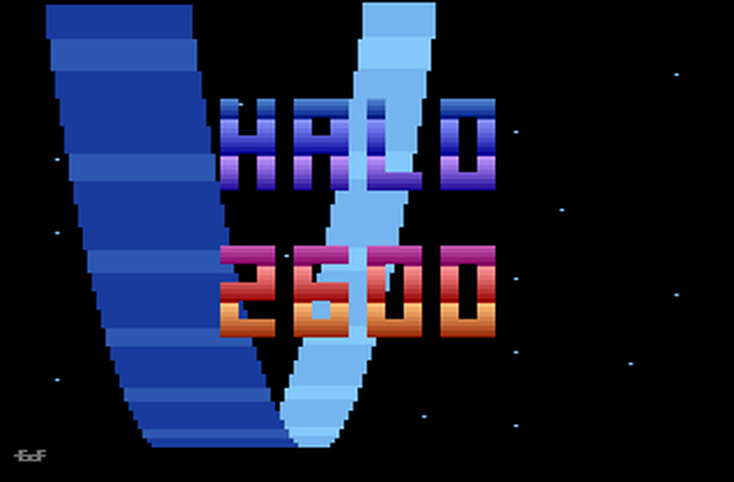
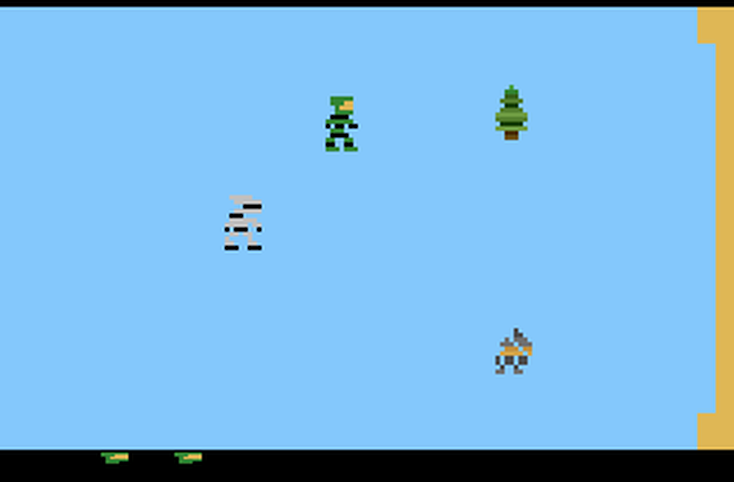
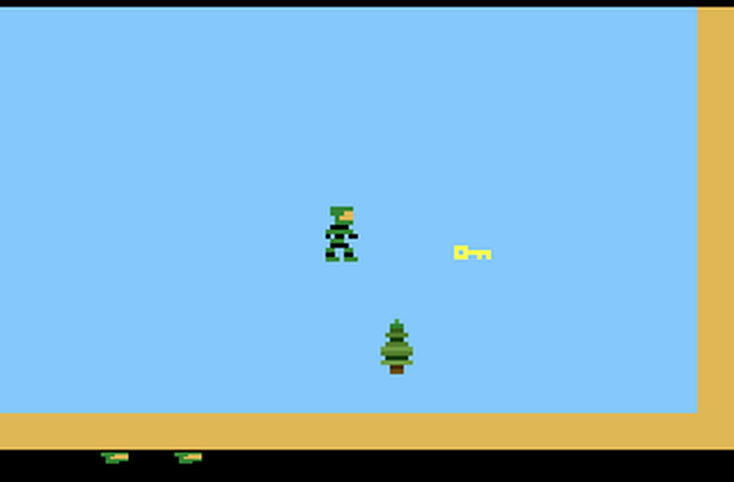
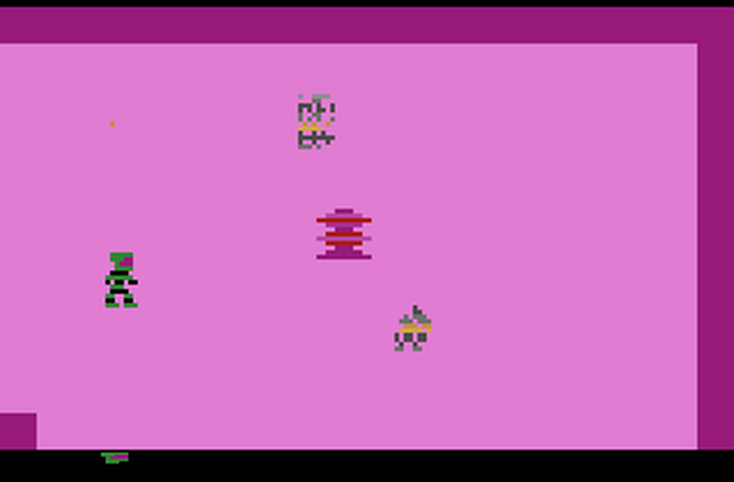

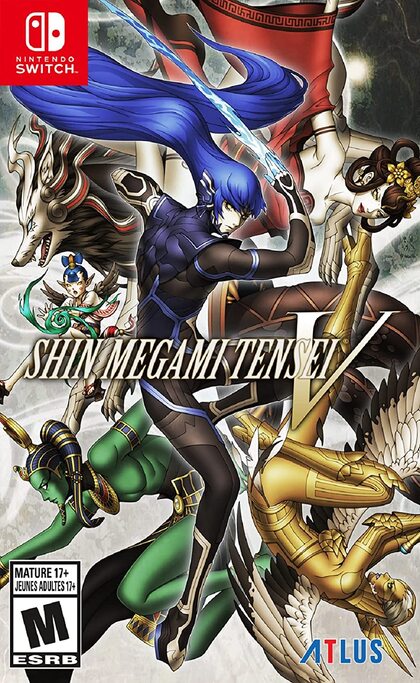

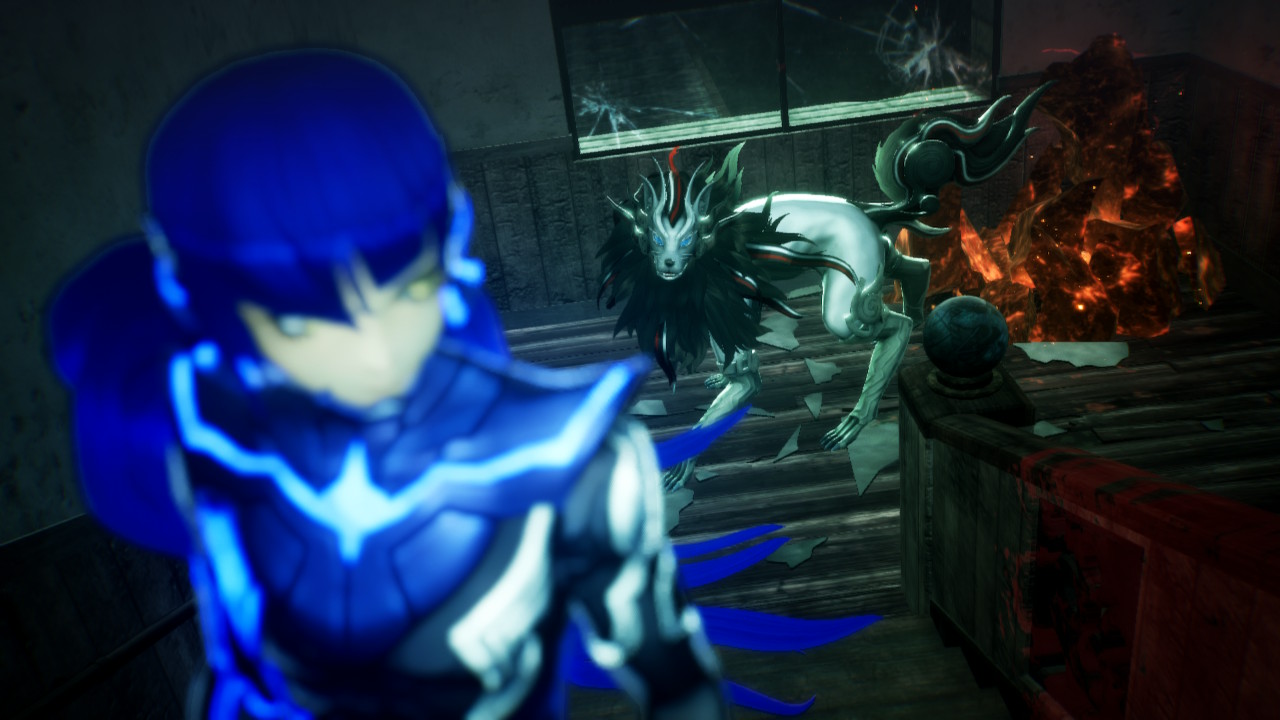
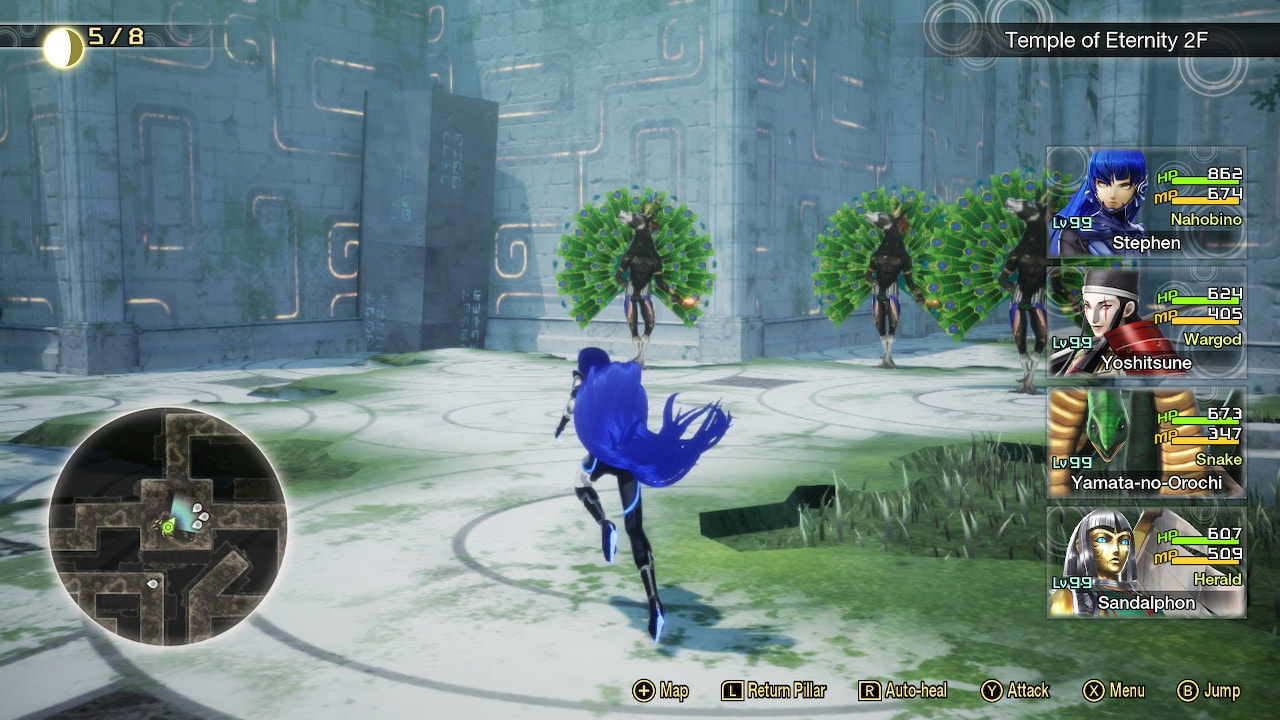
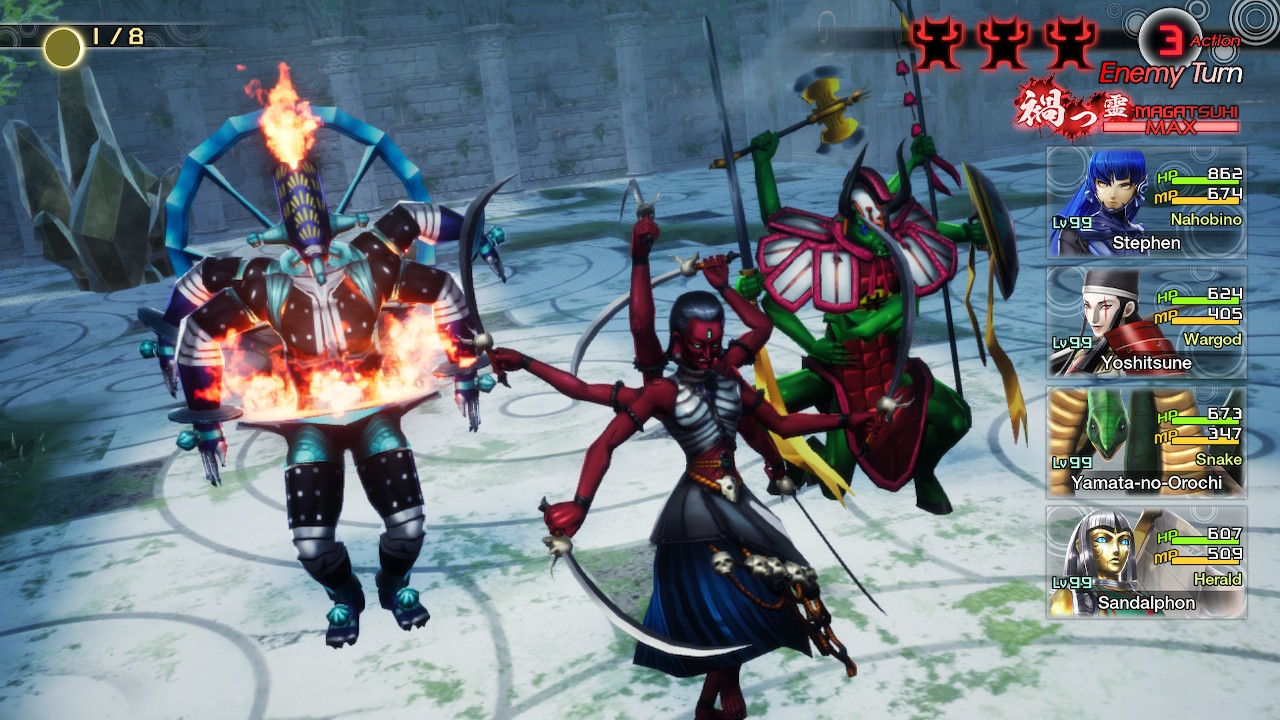
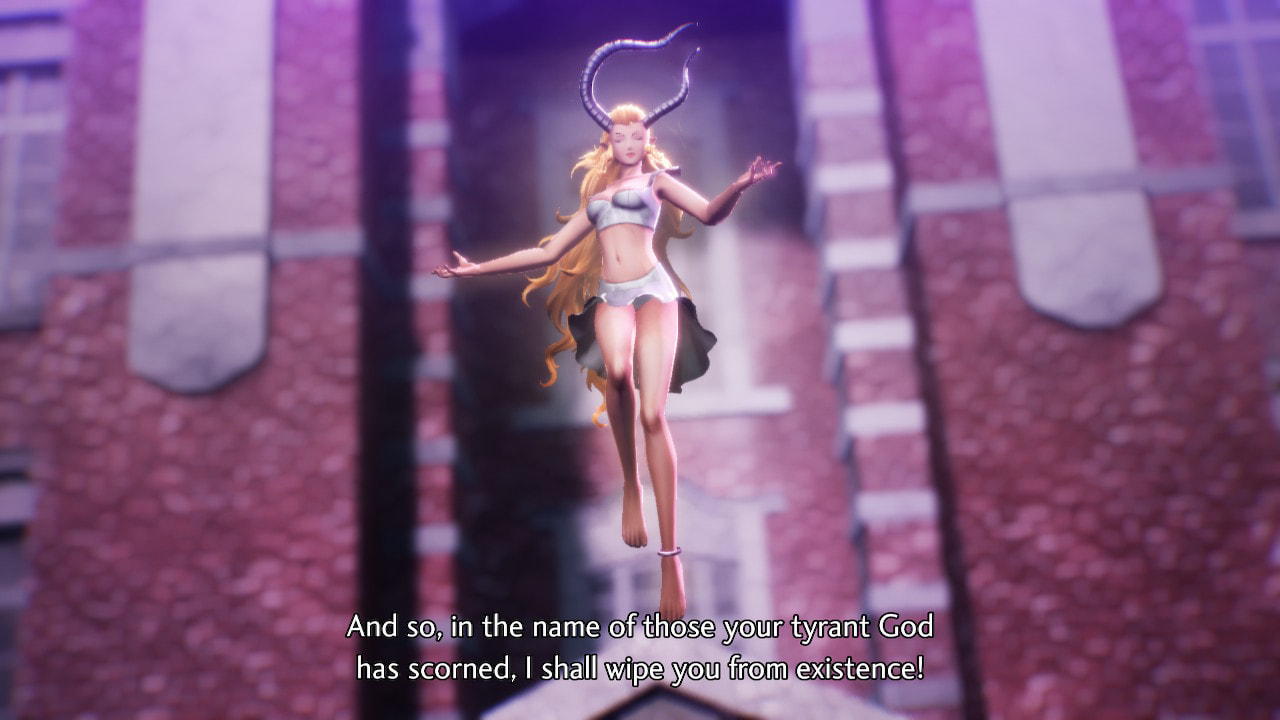

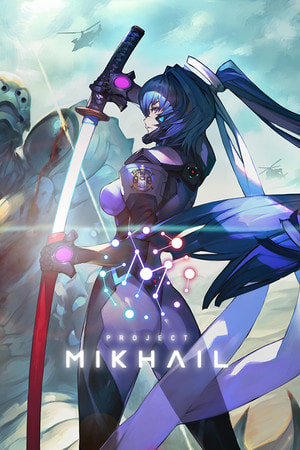

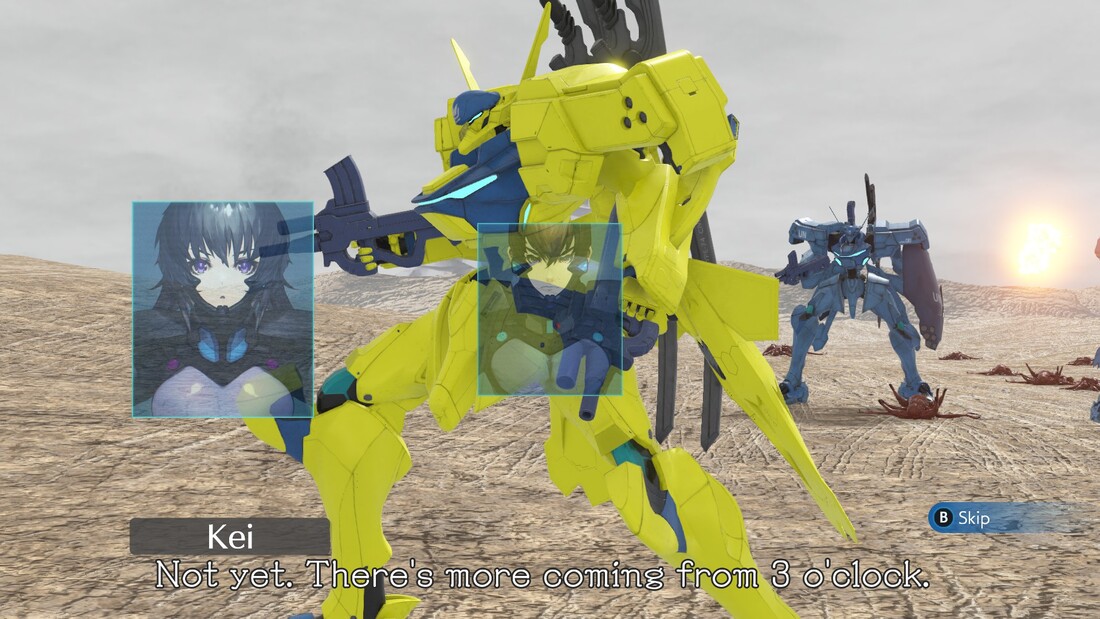
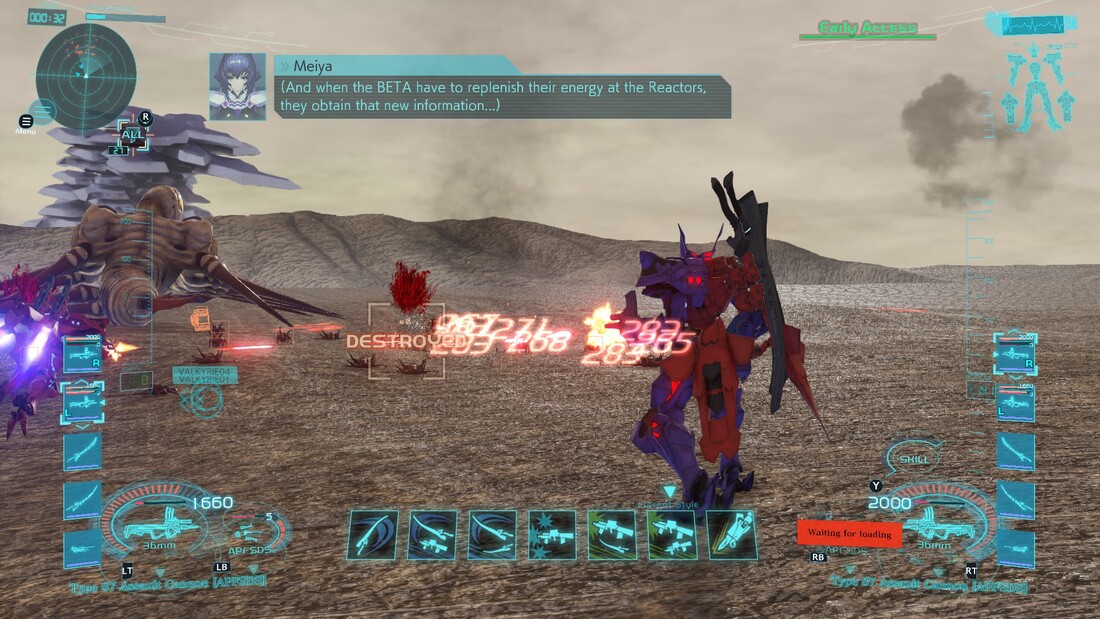
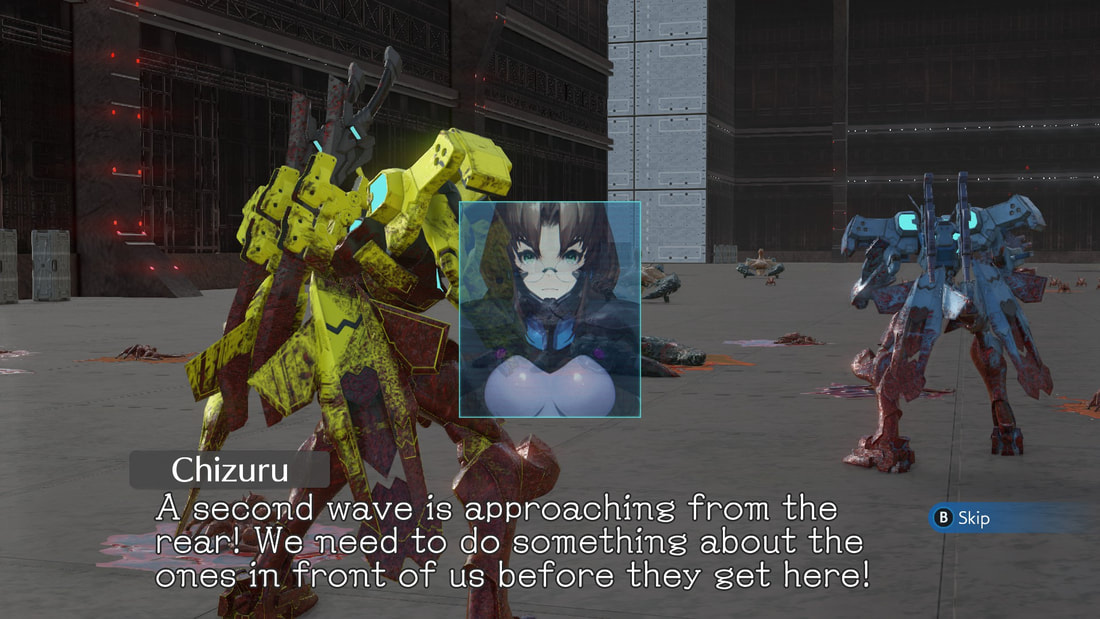
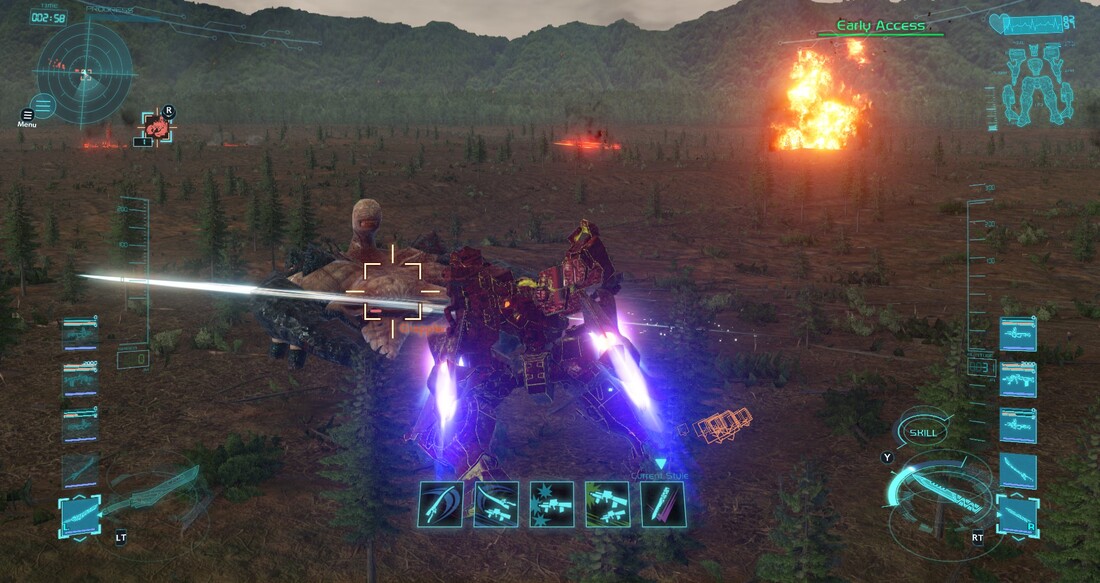
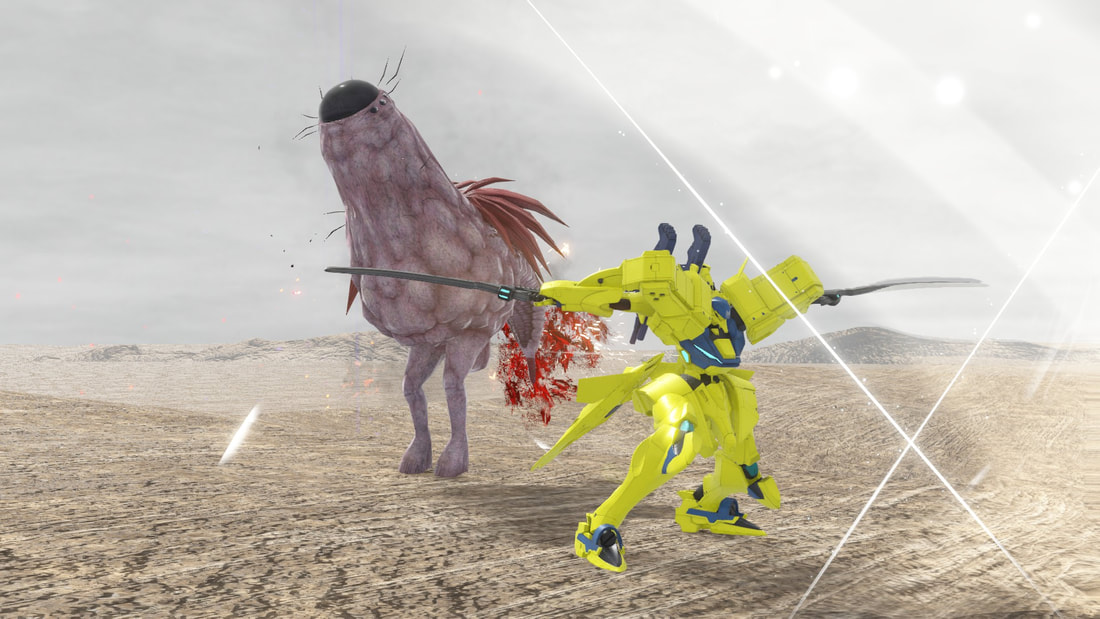

 RSS Feed
RSS Feed
